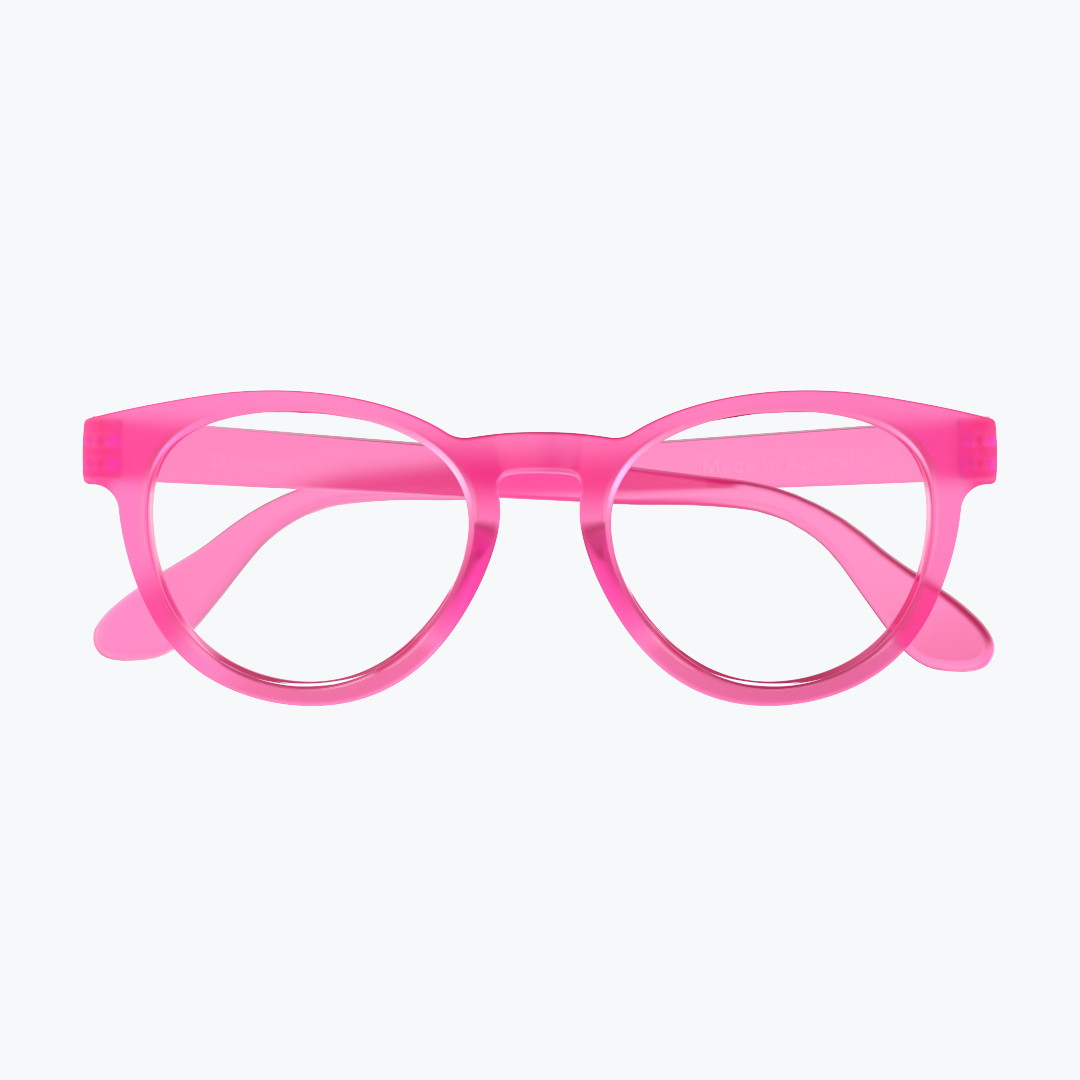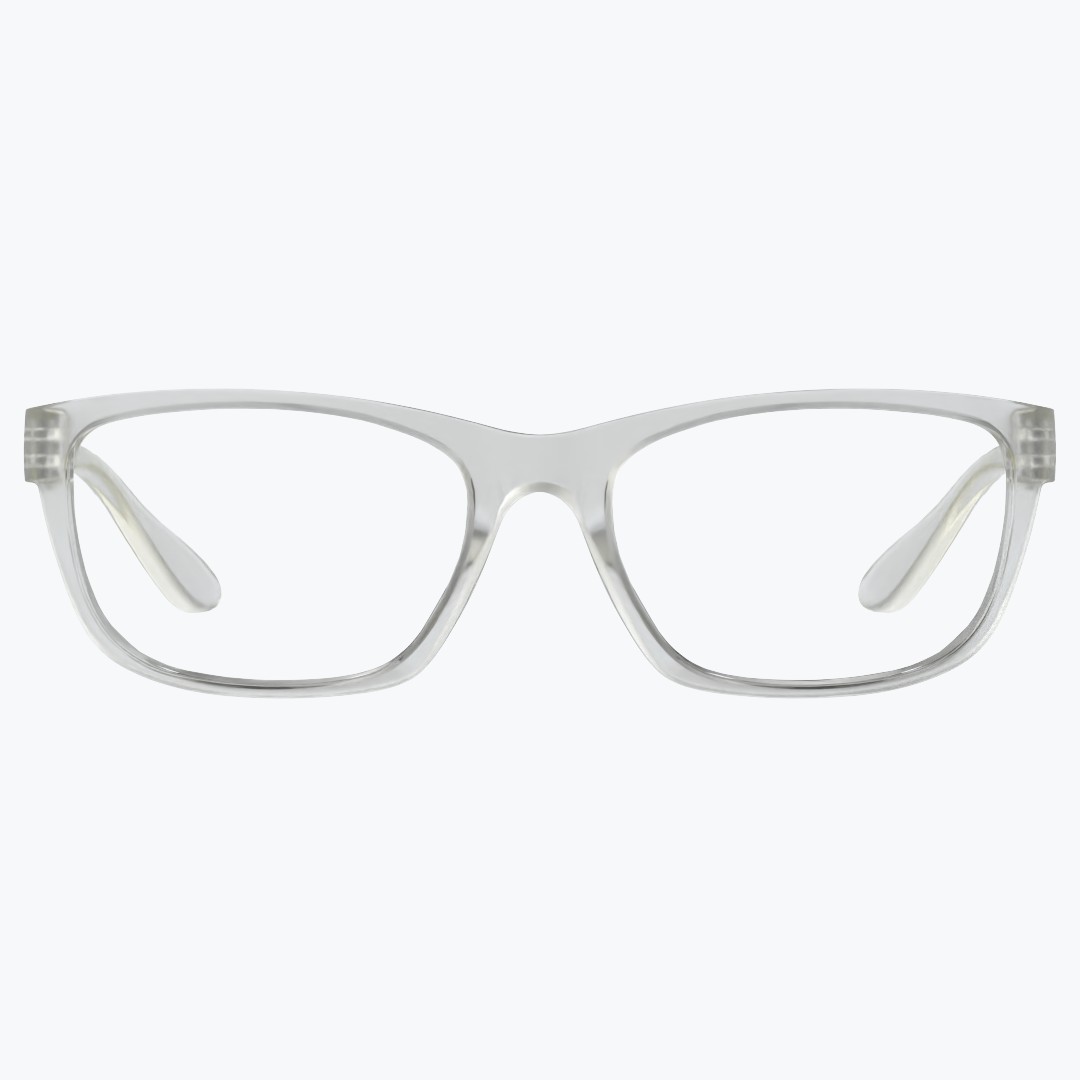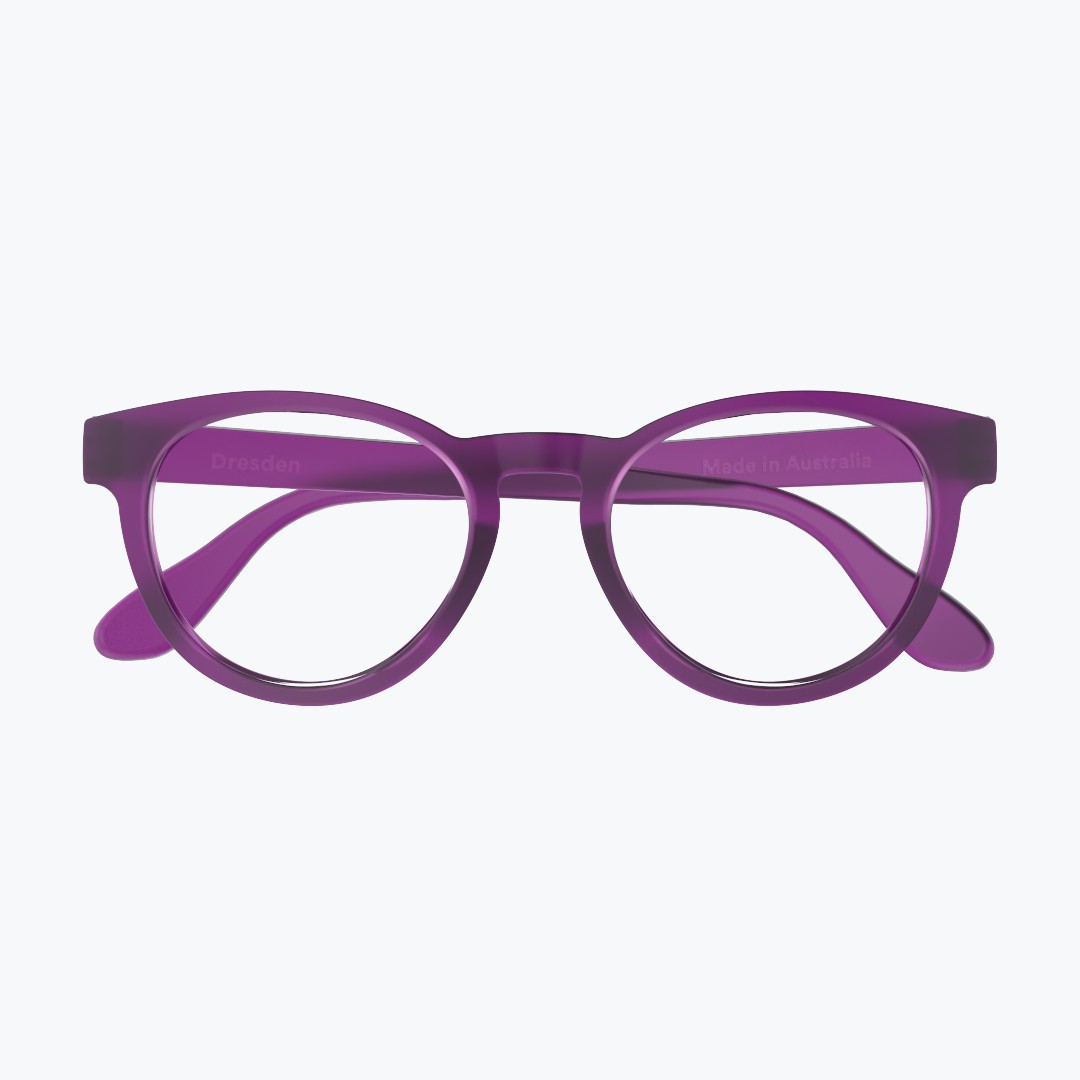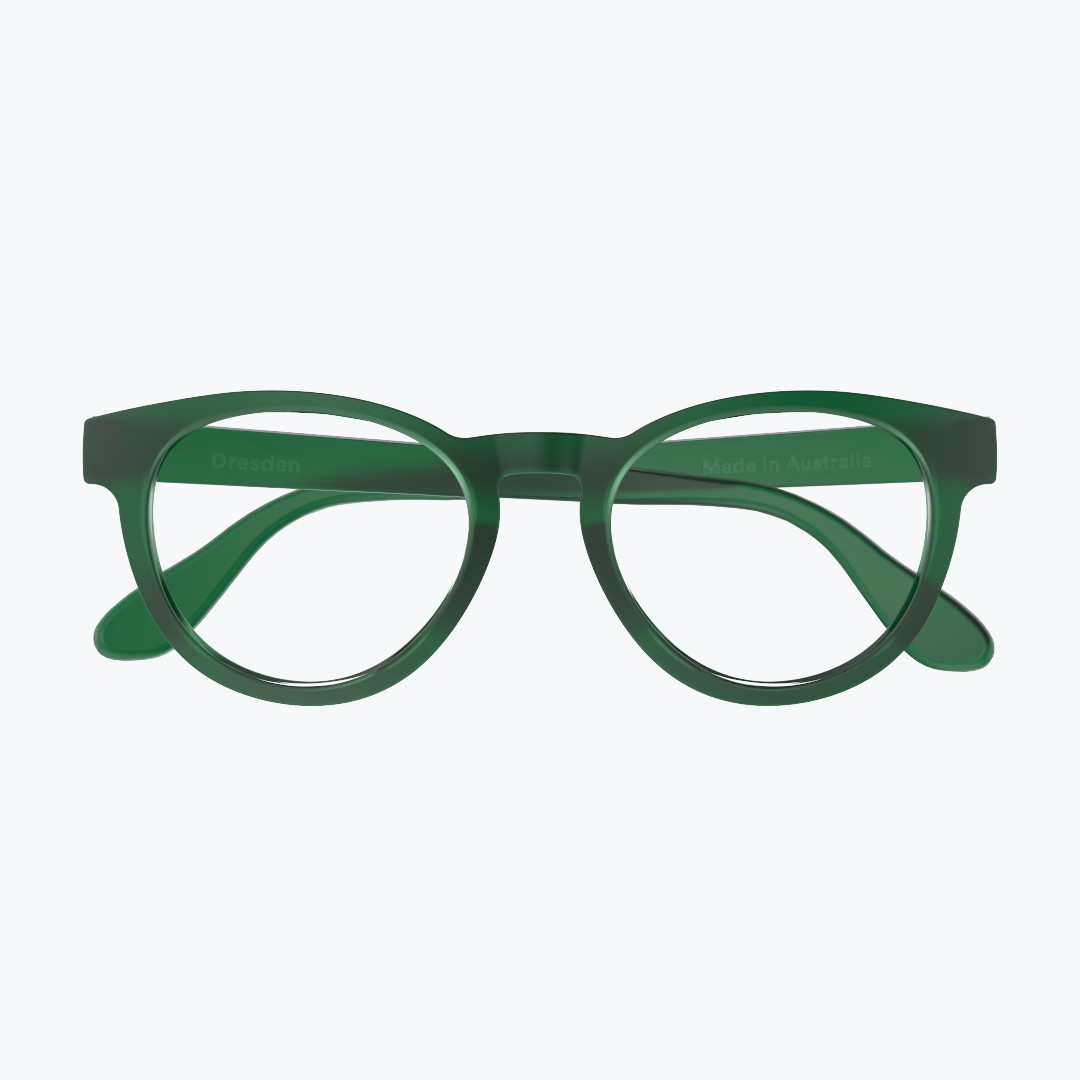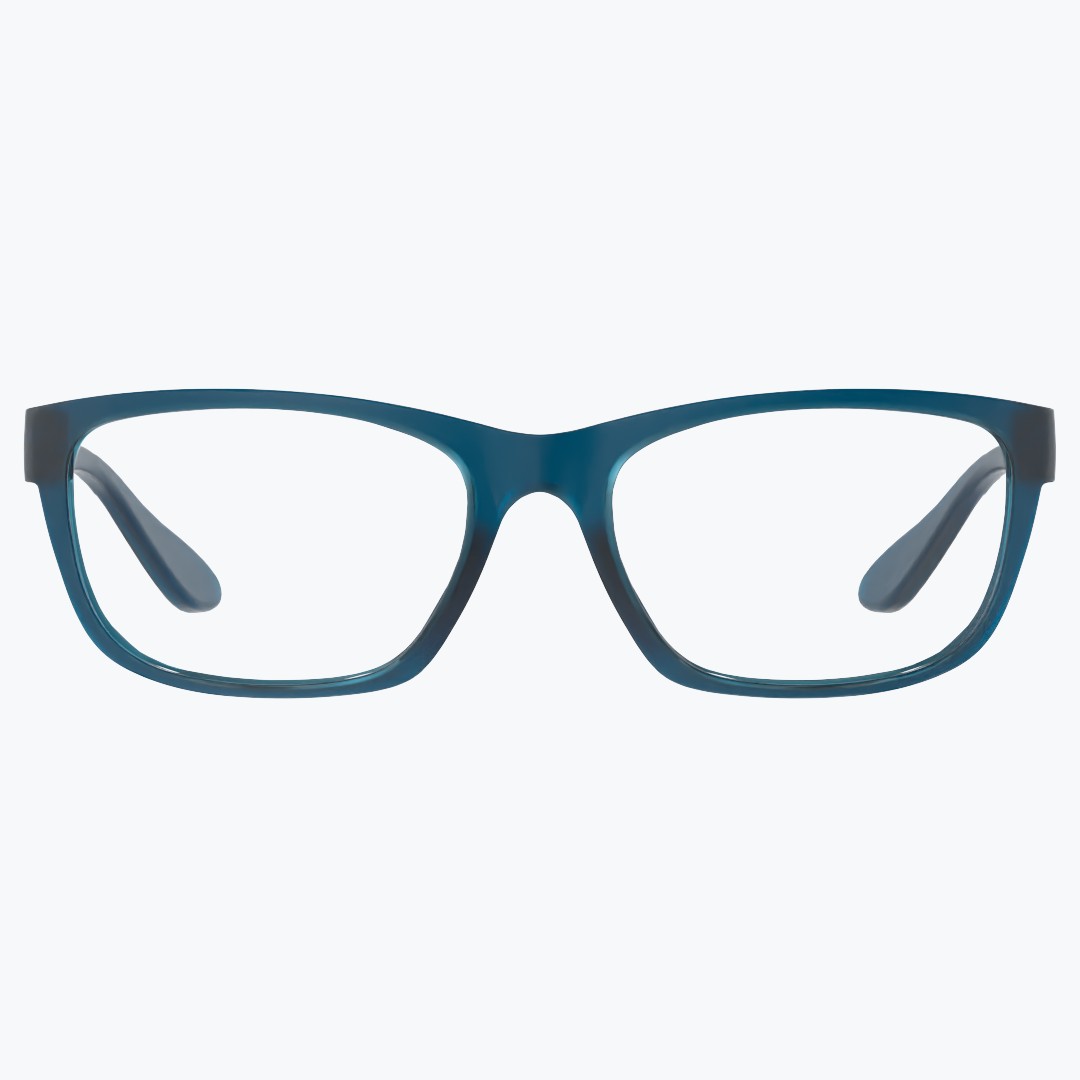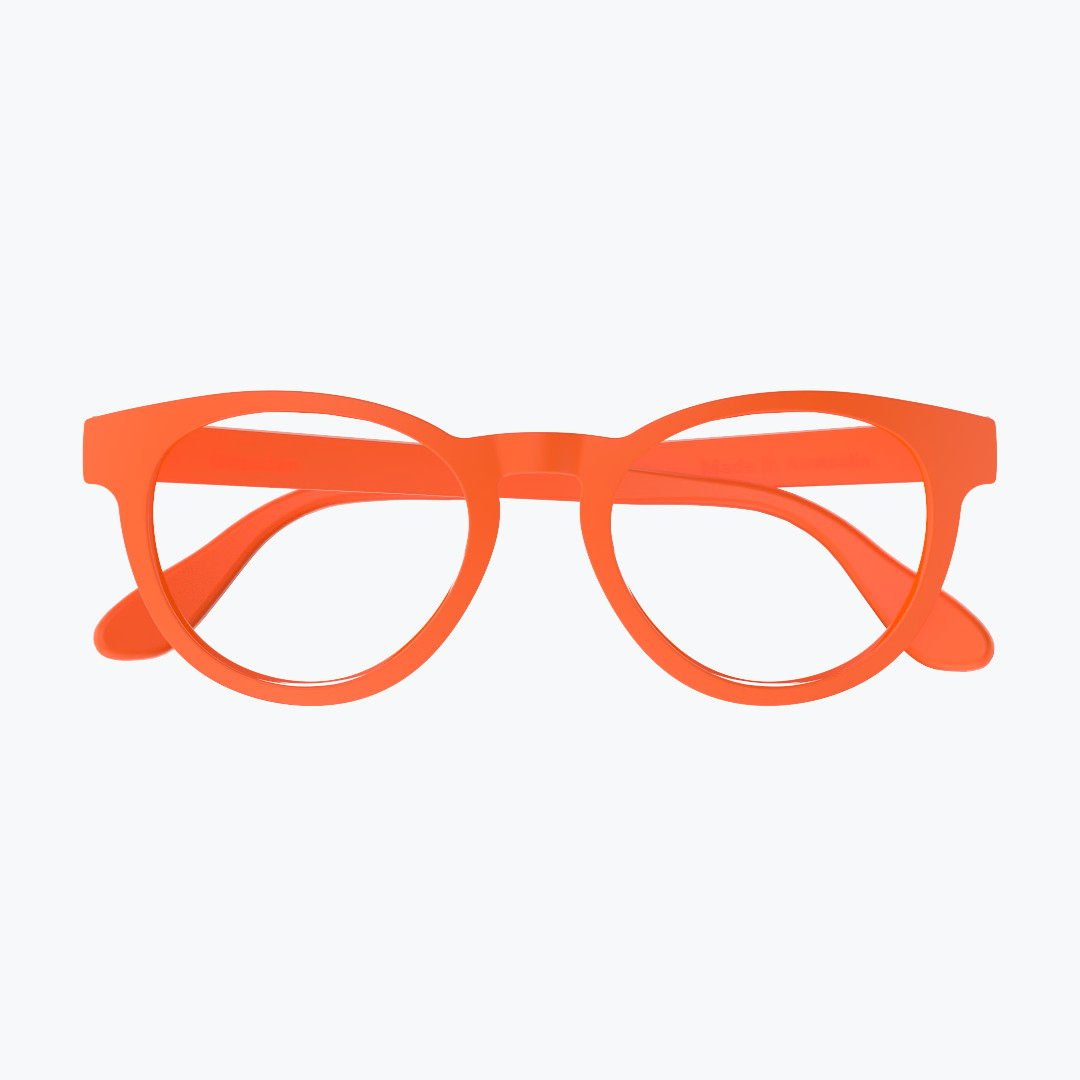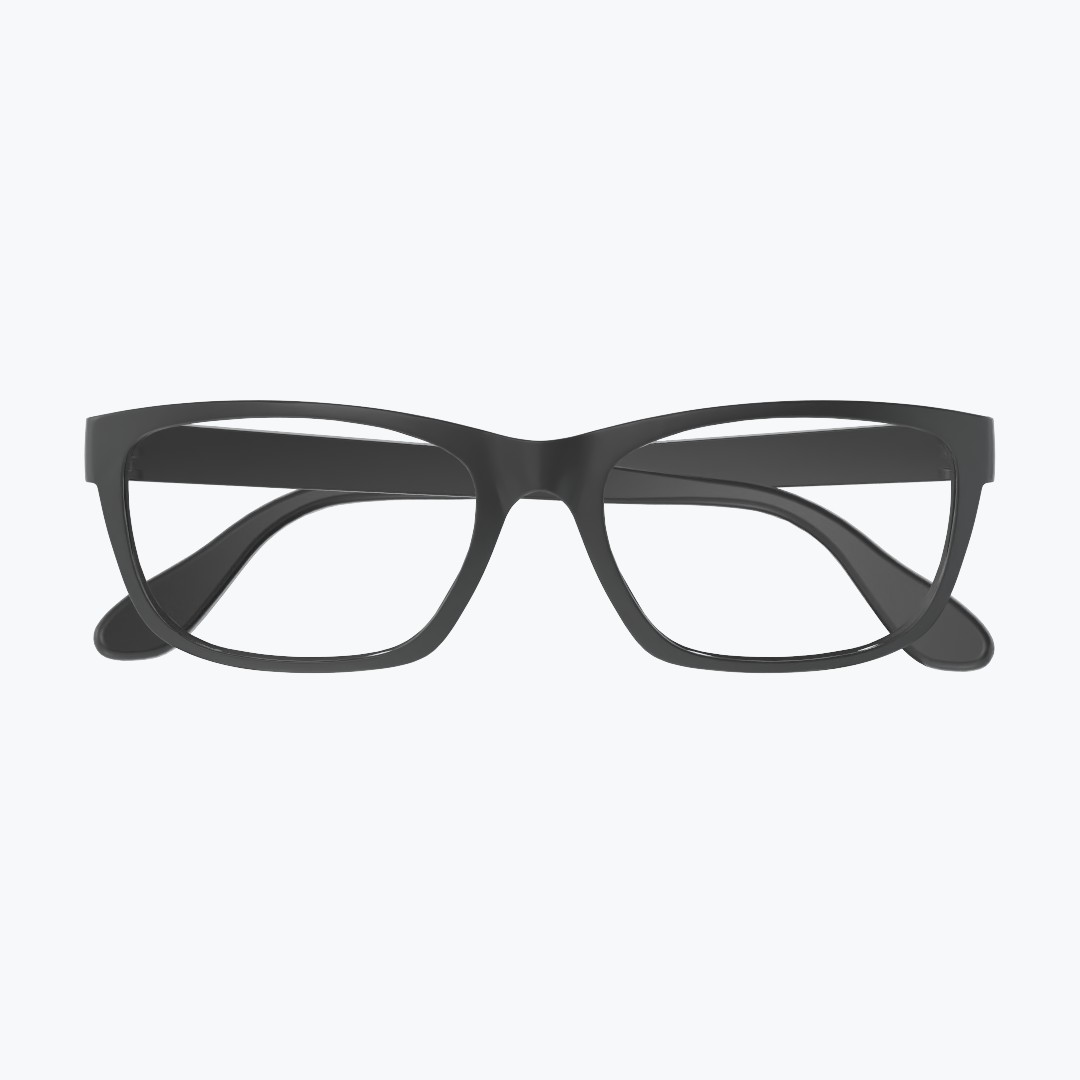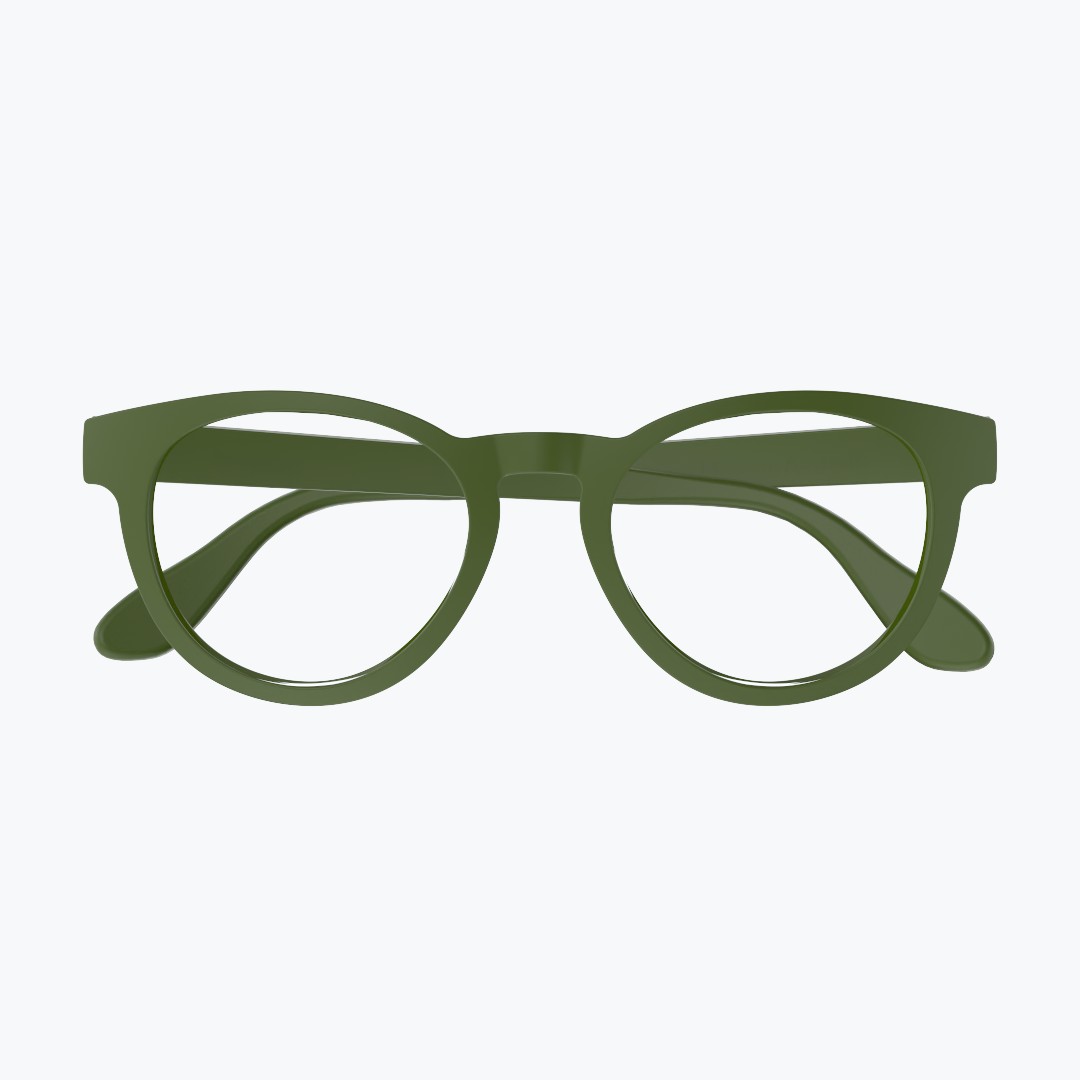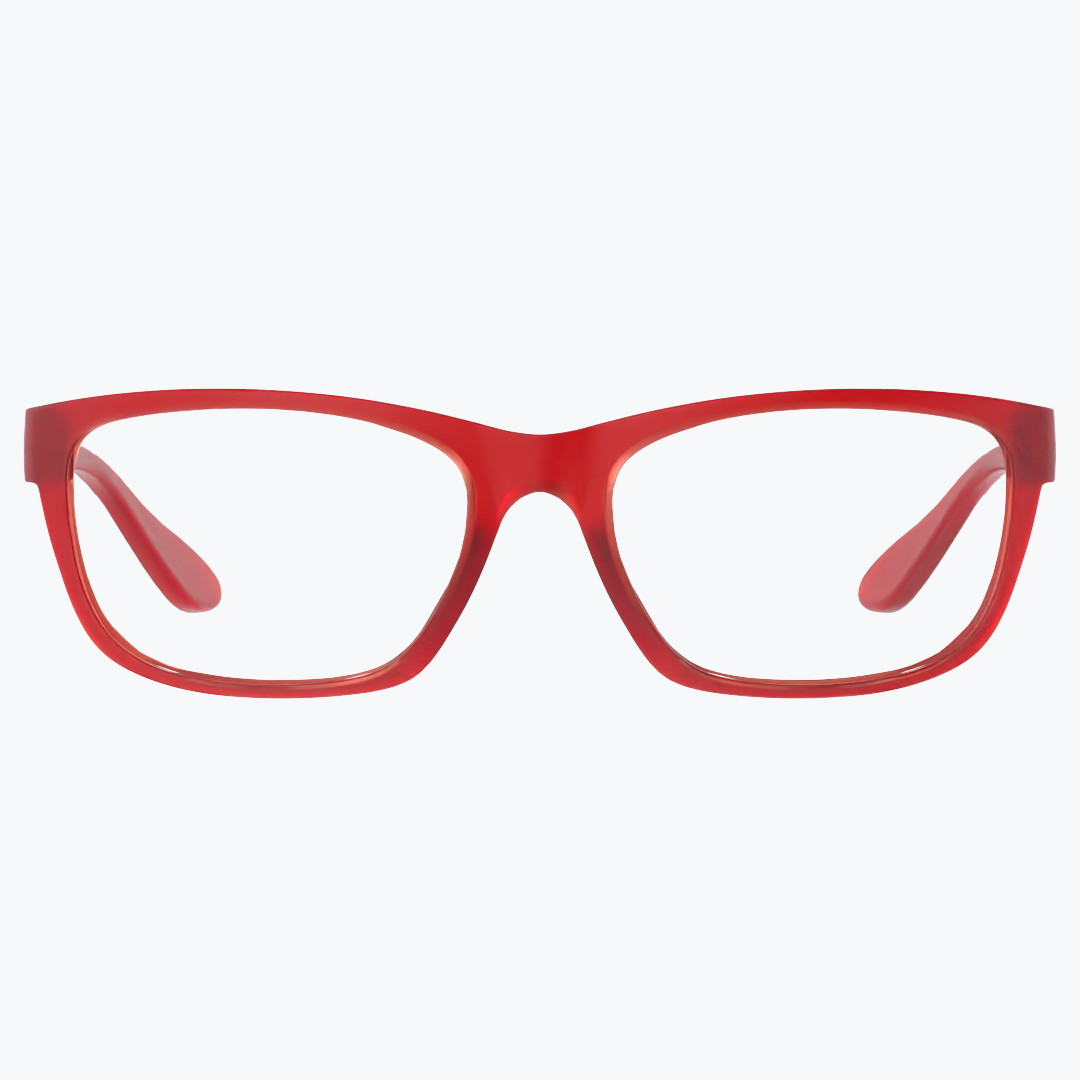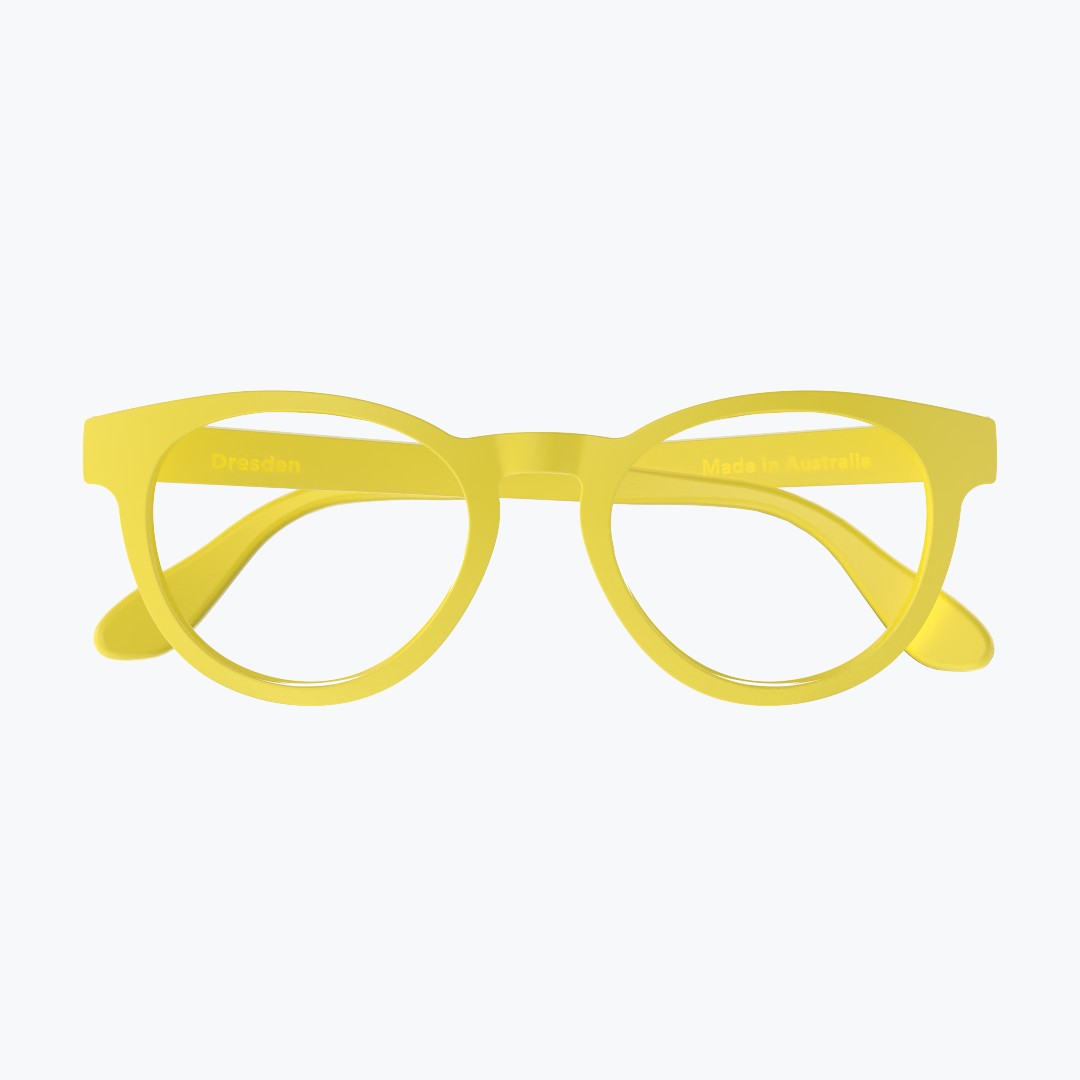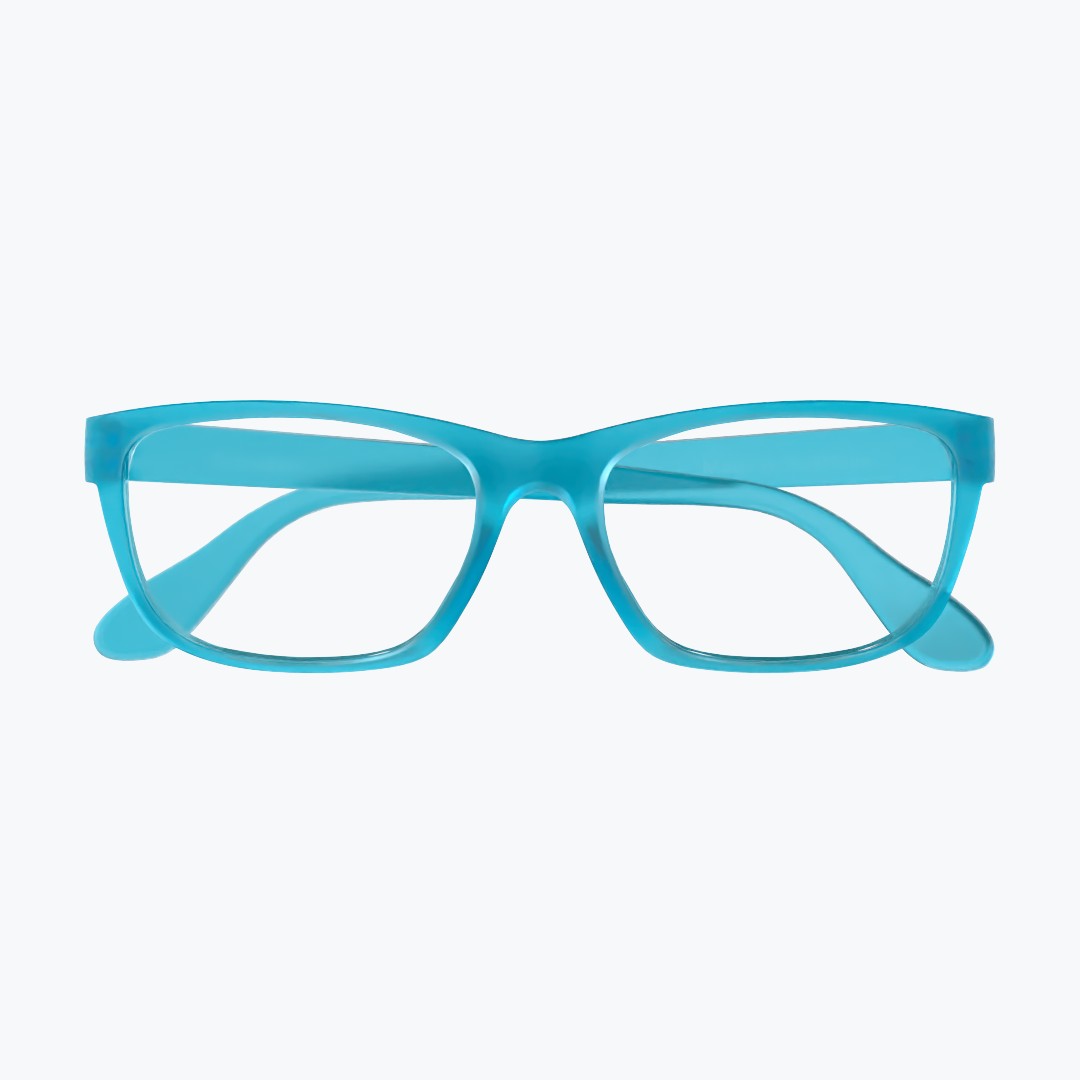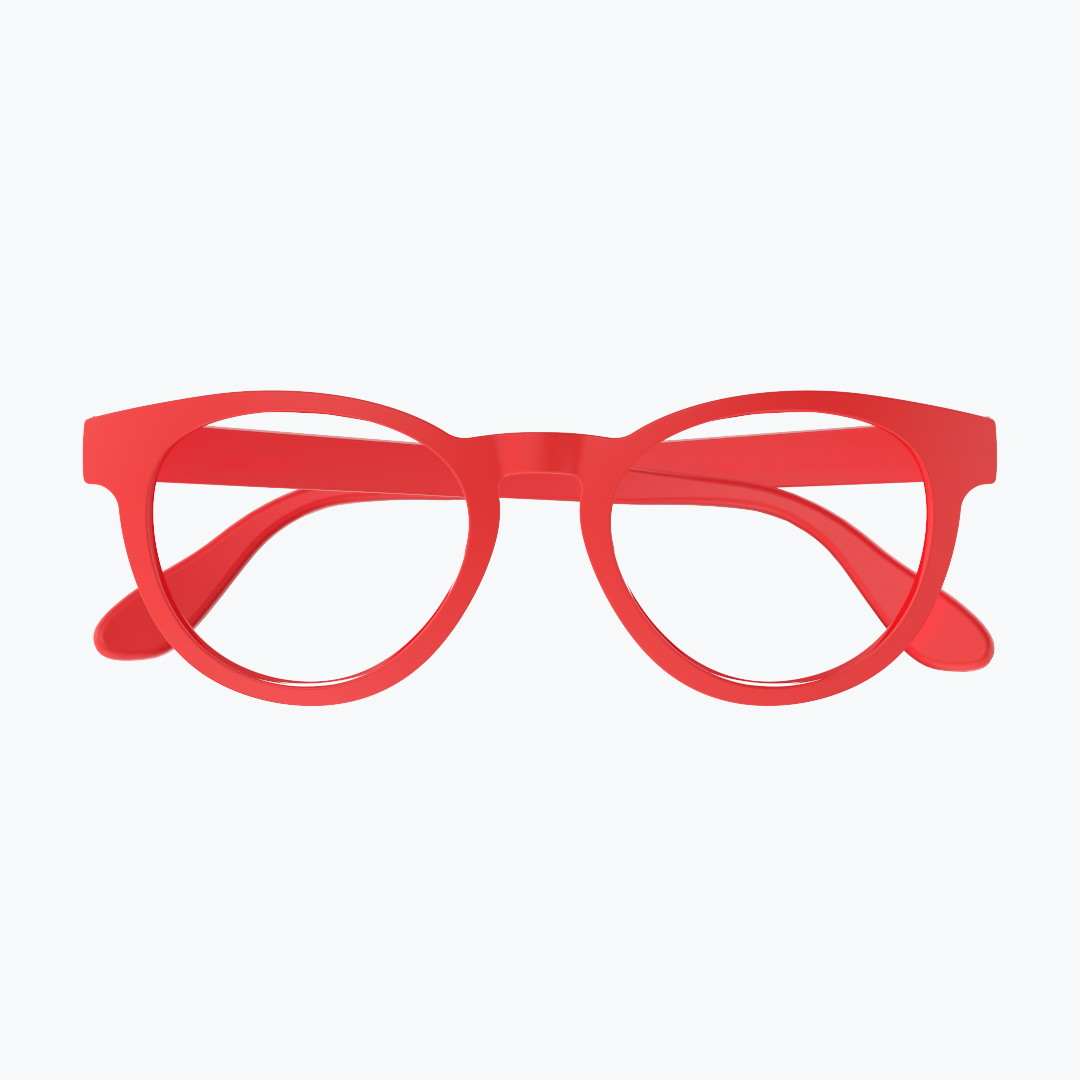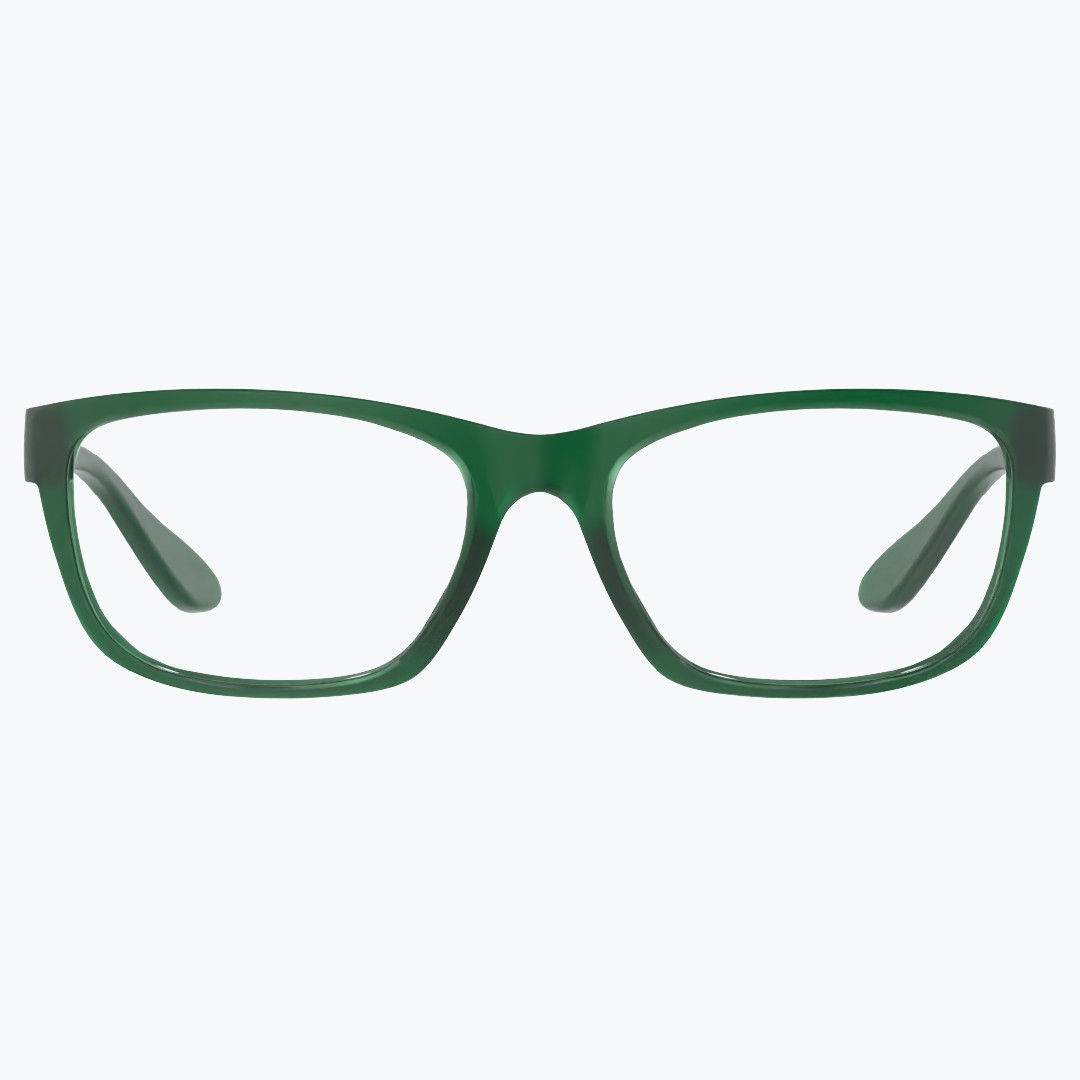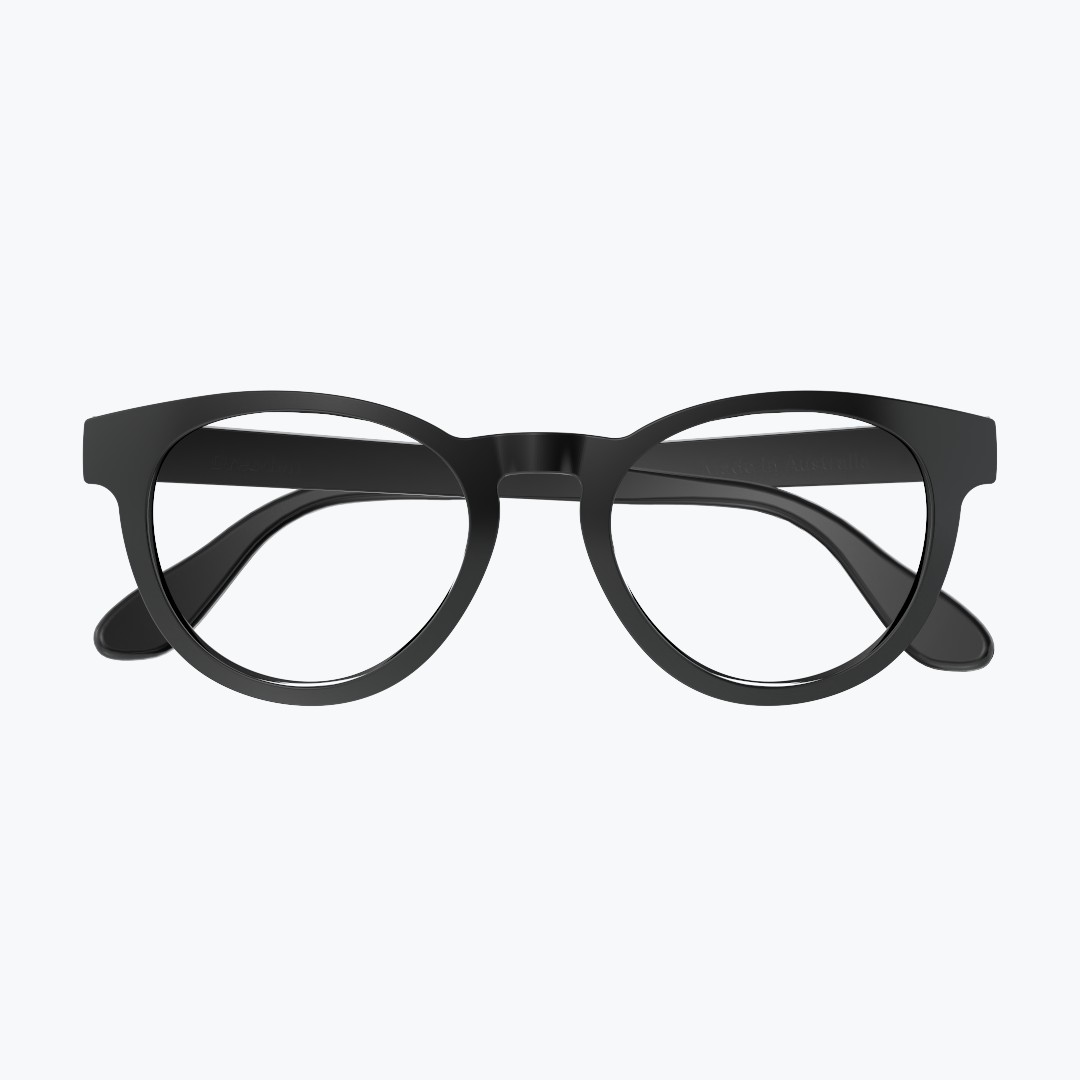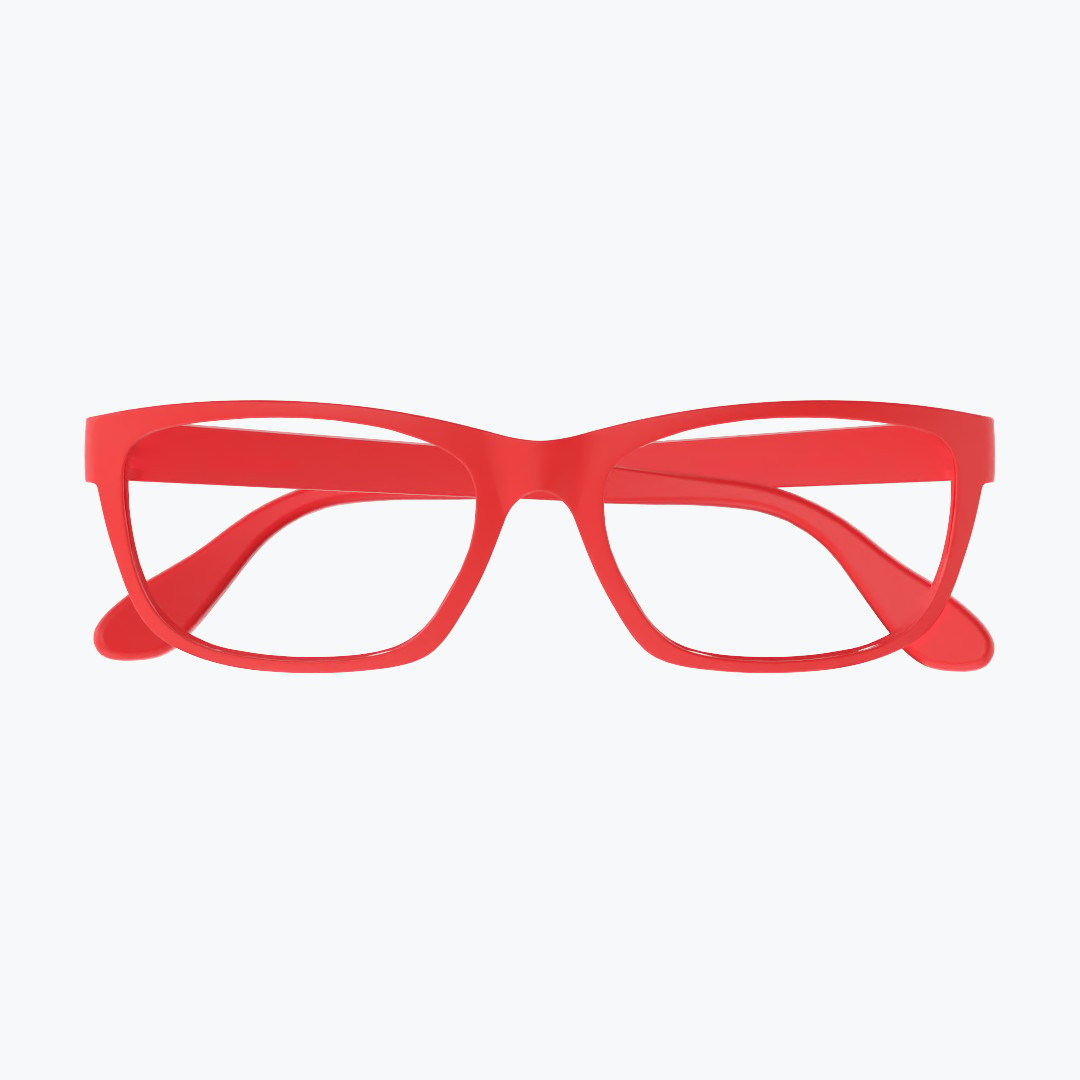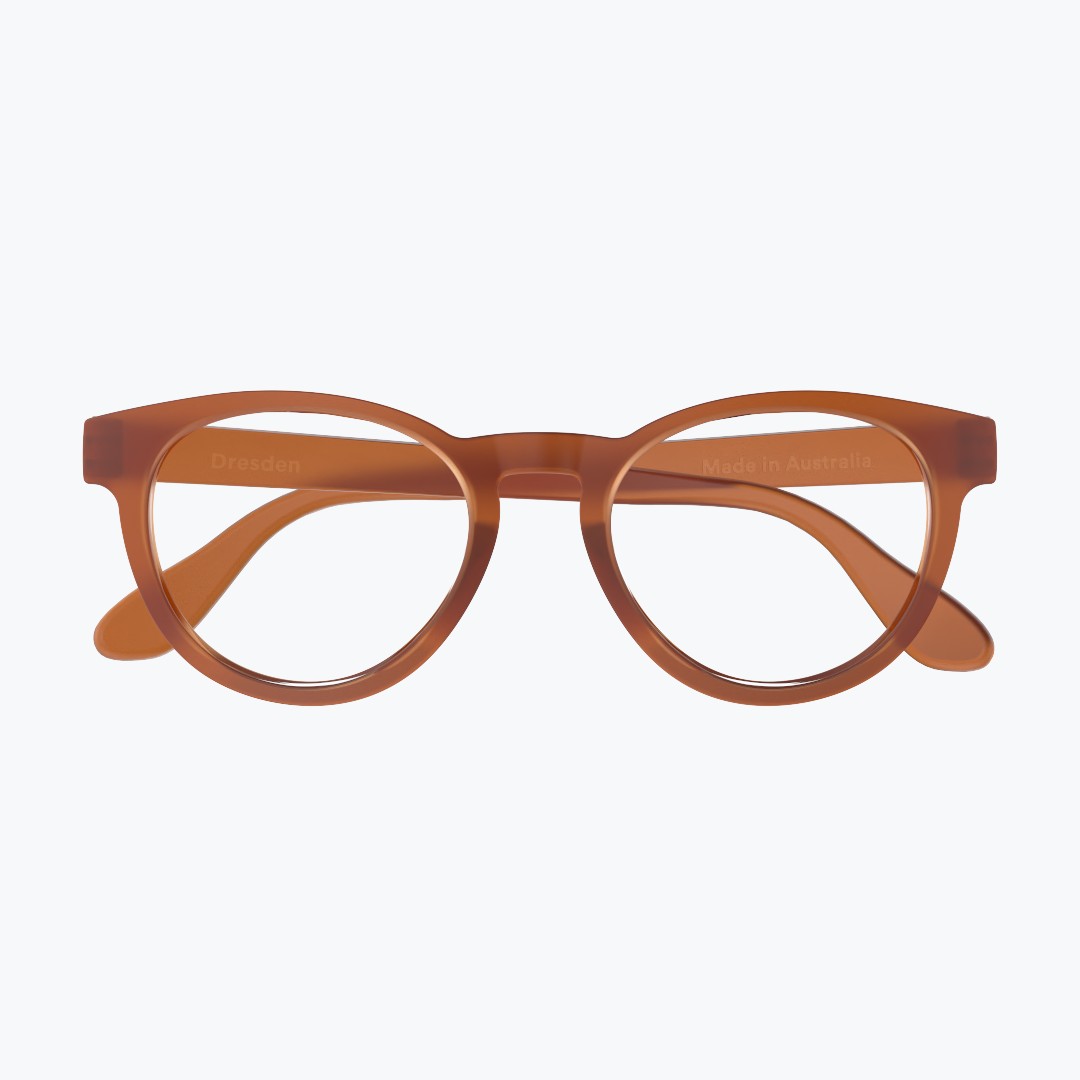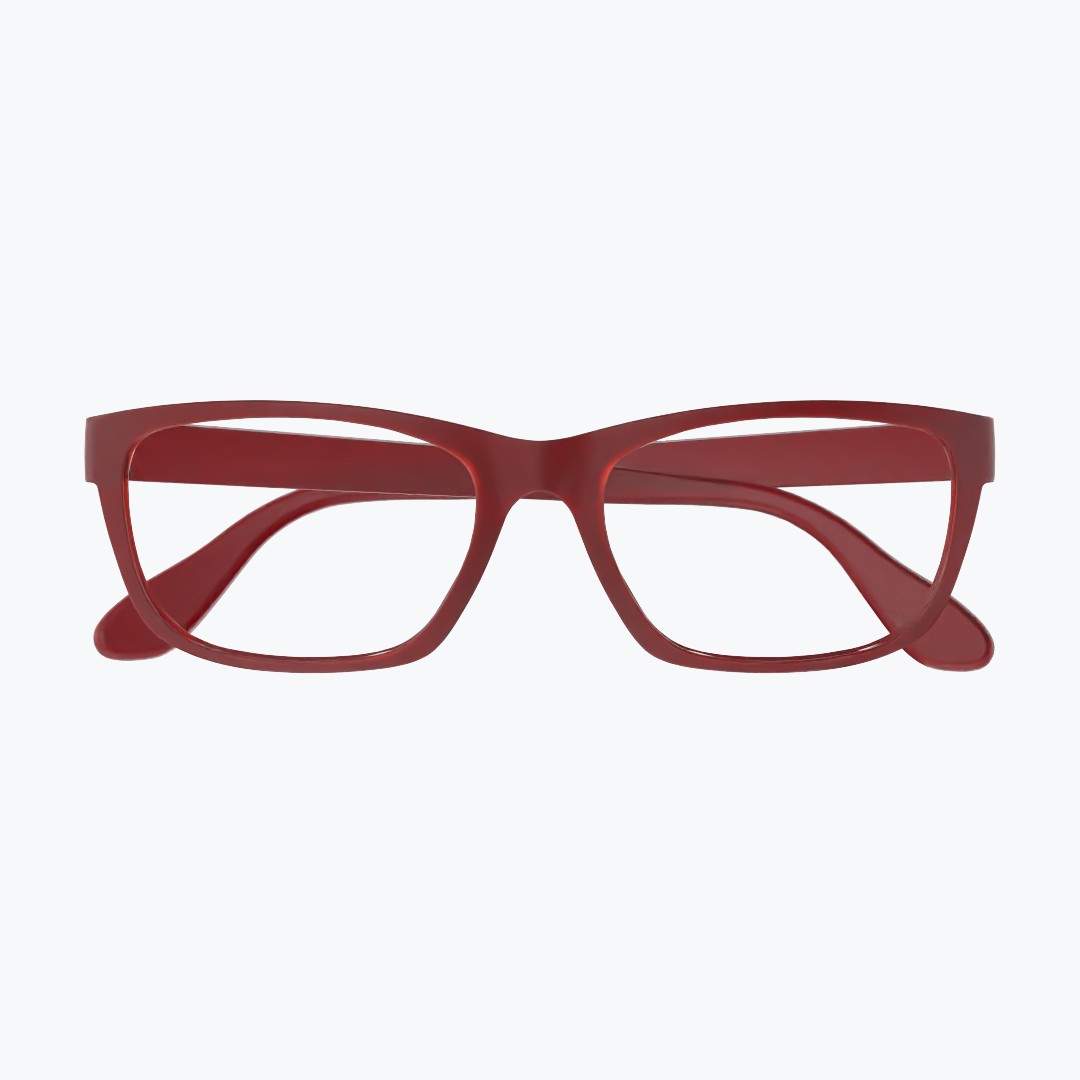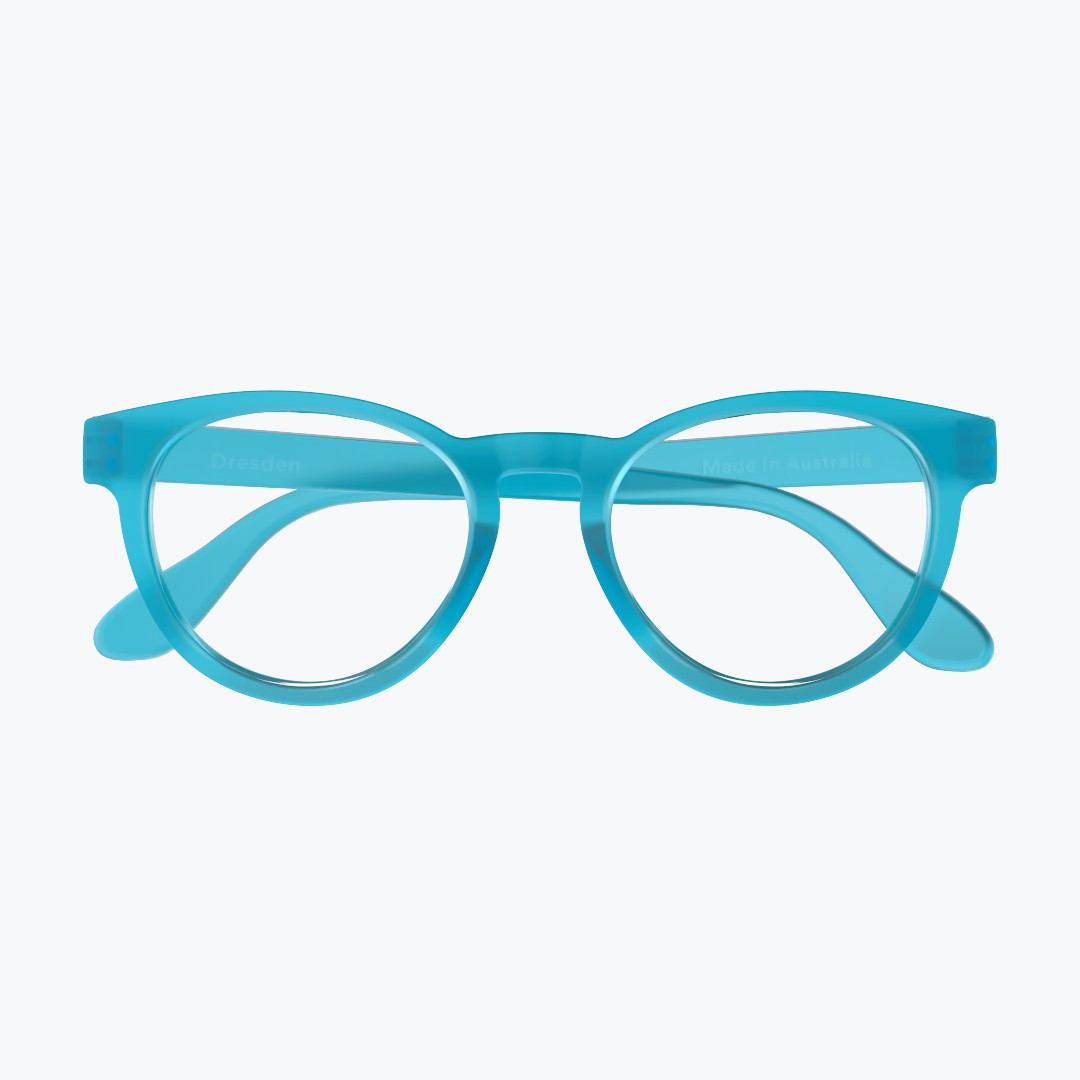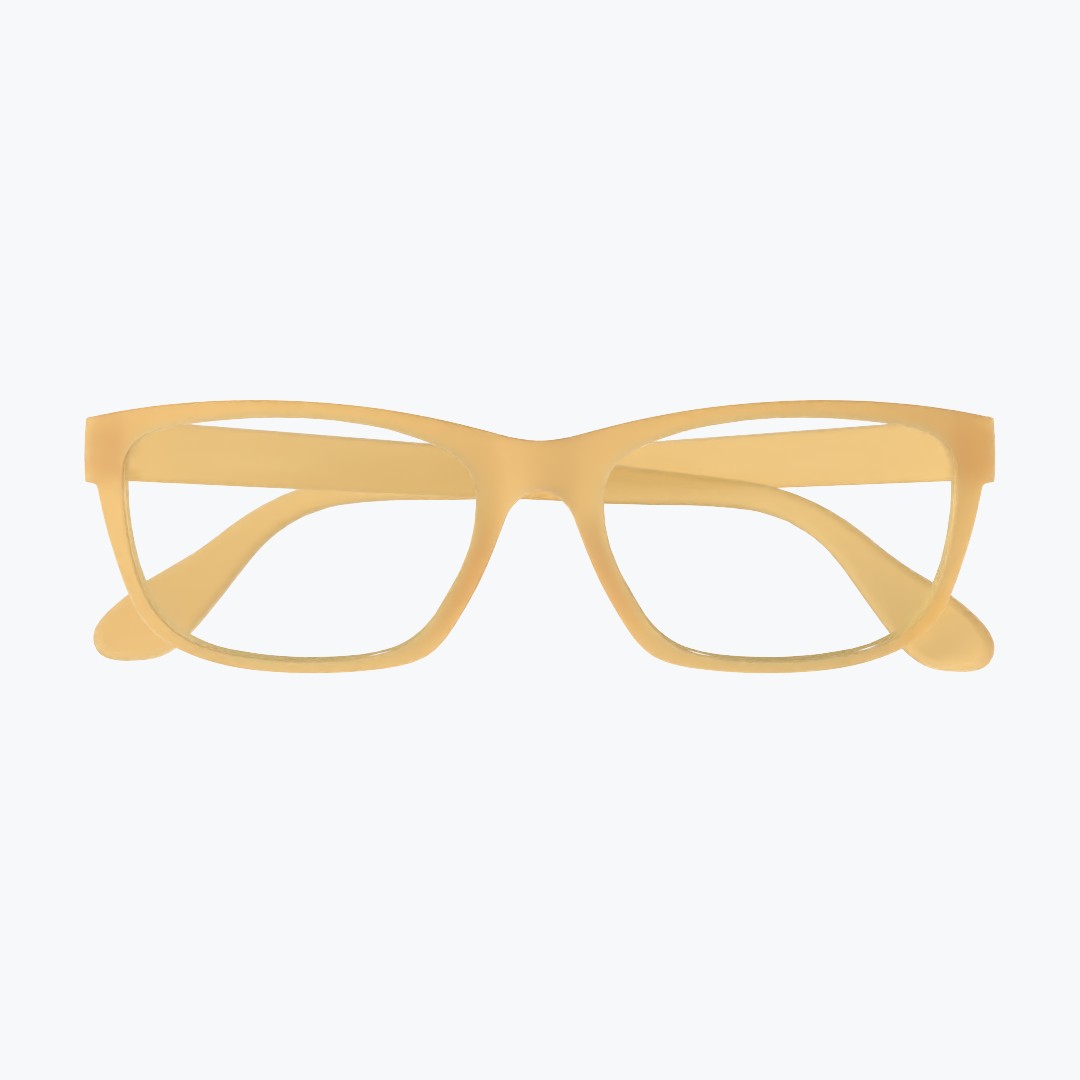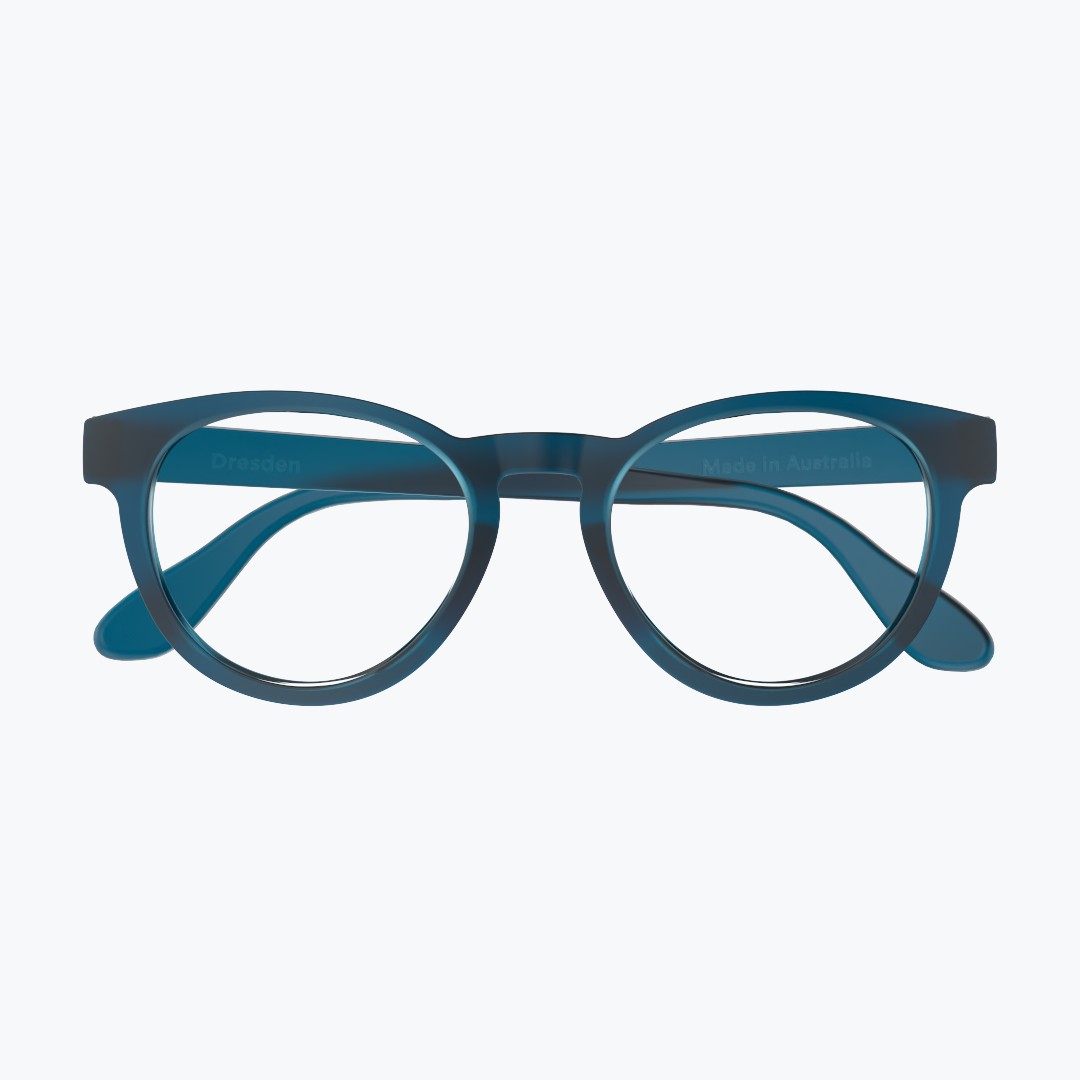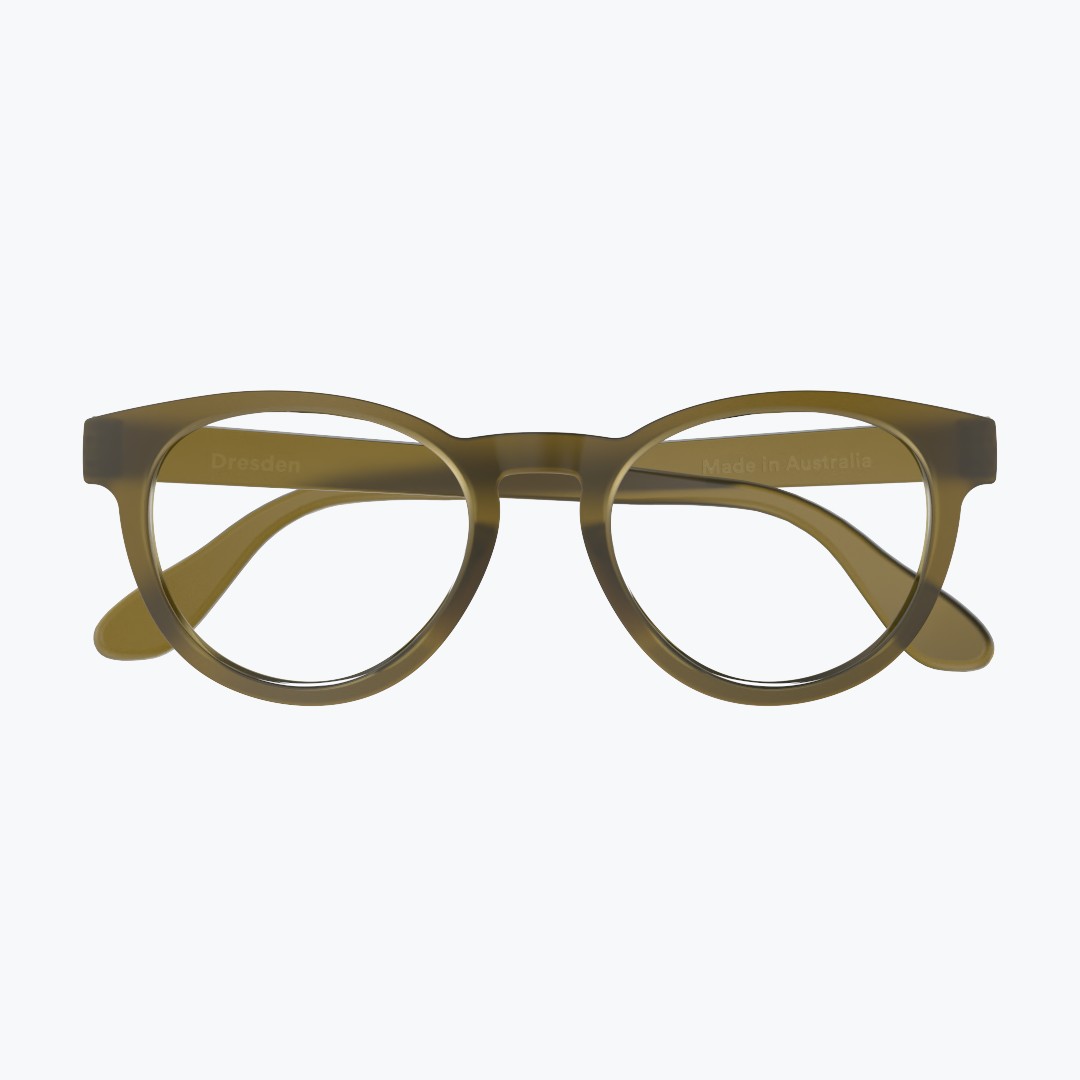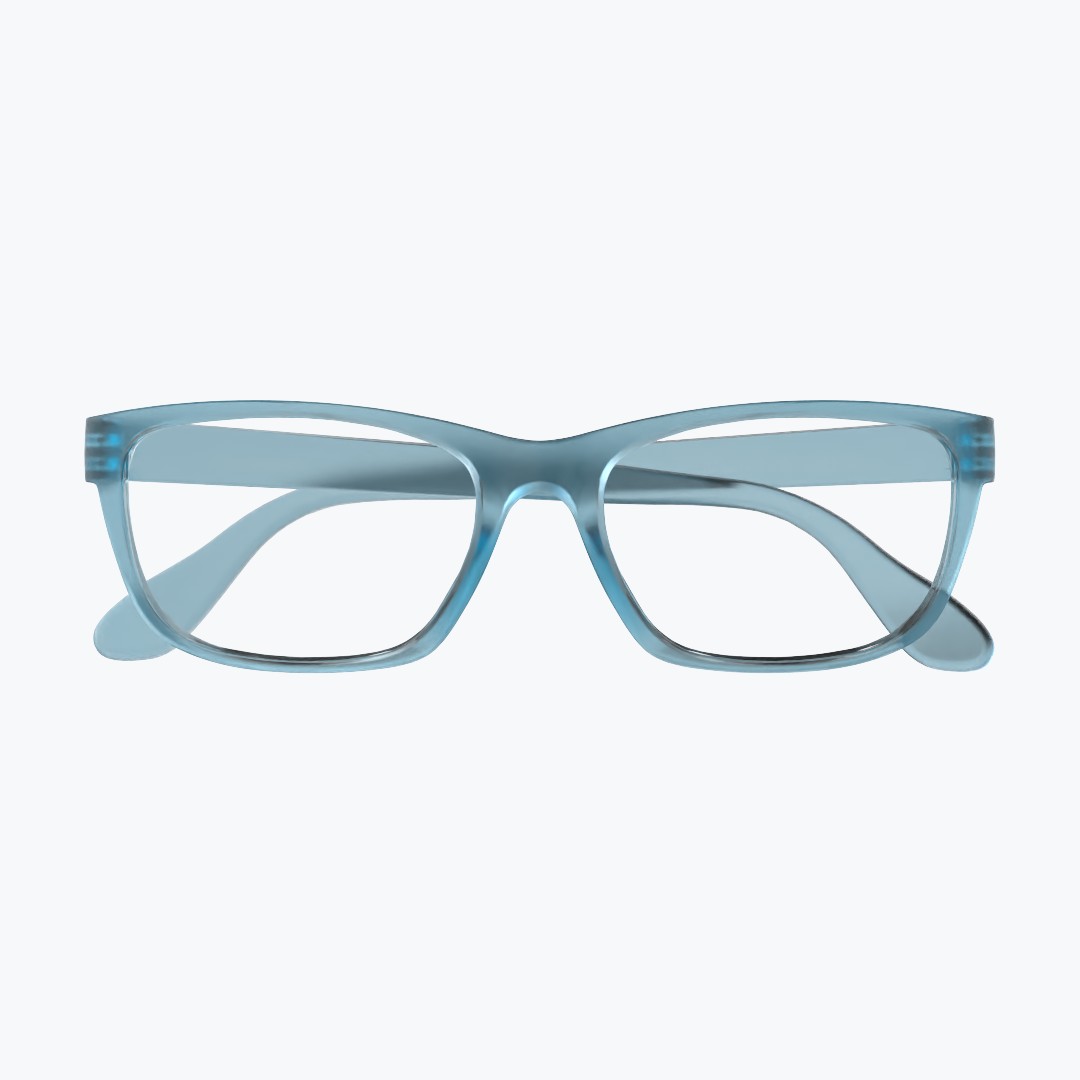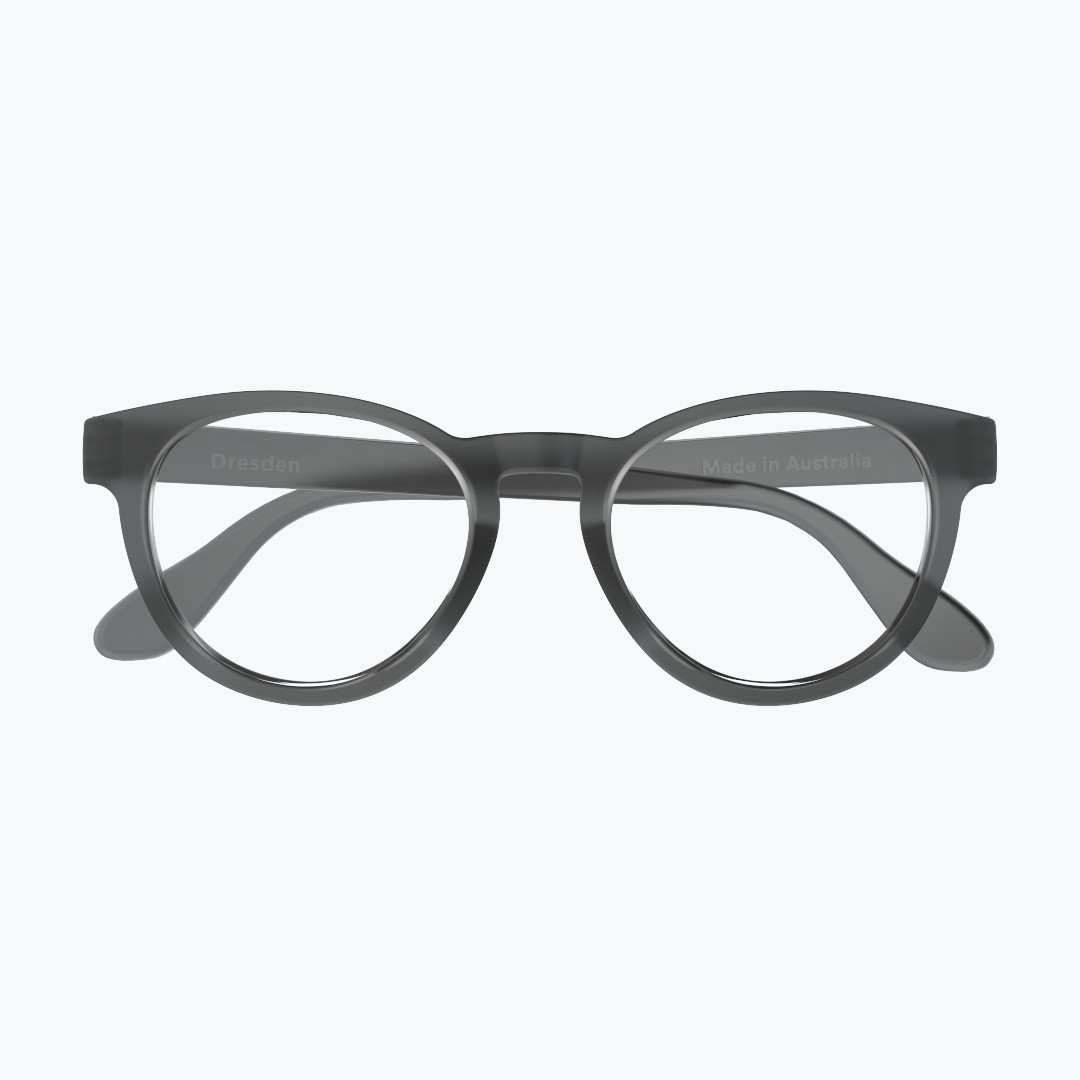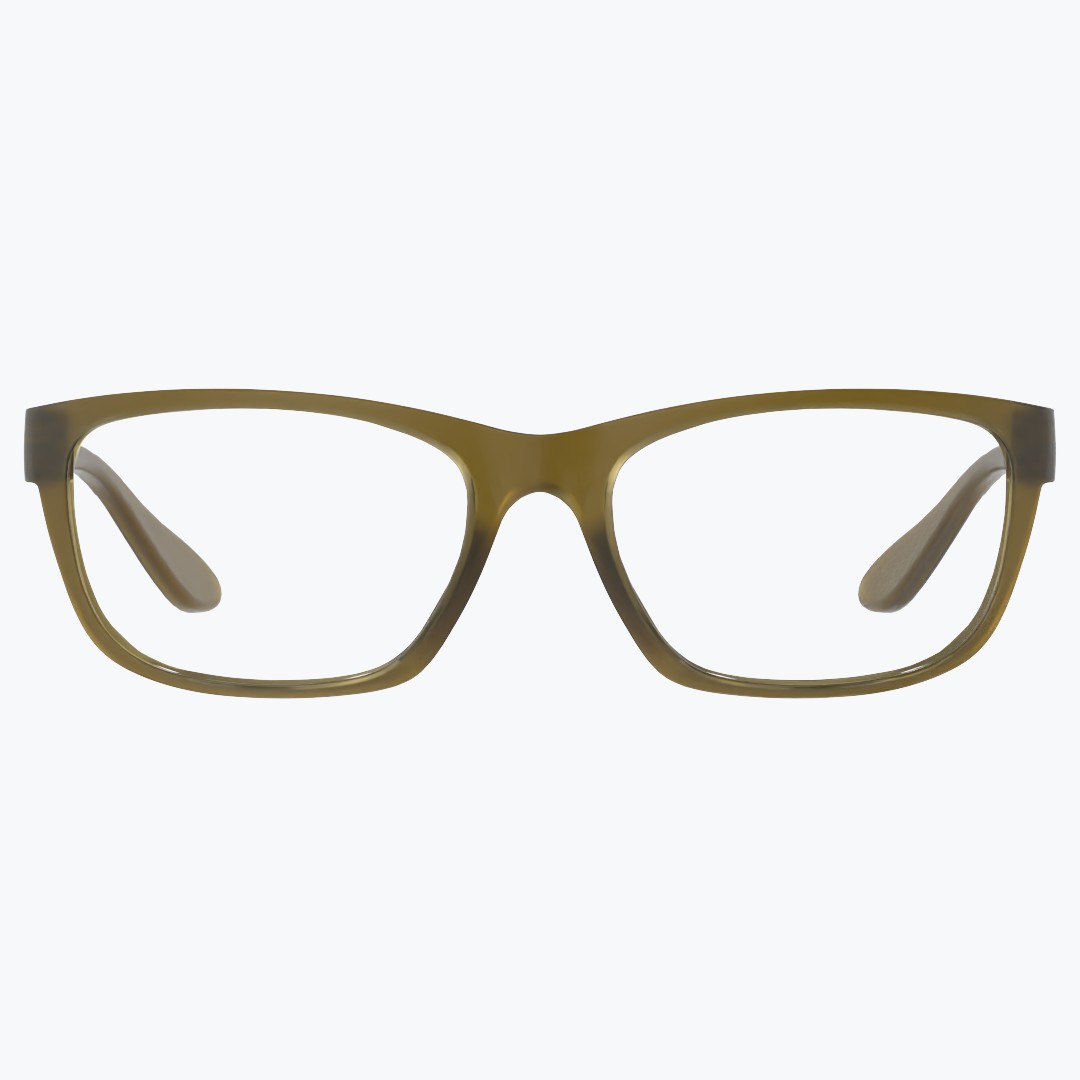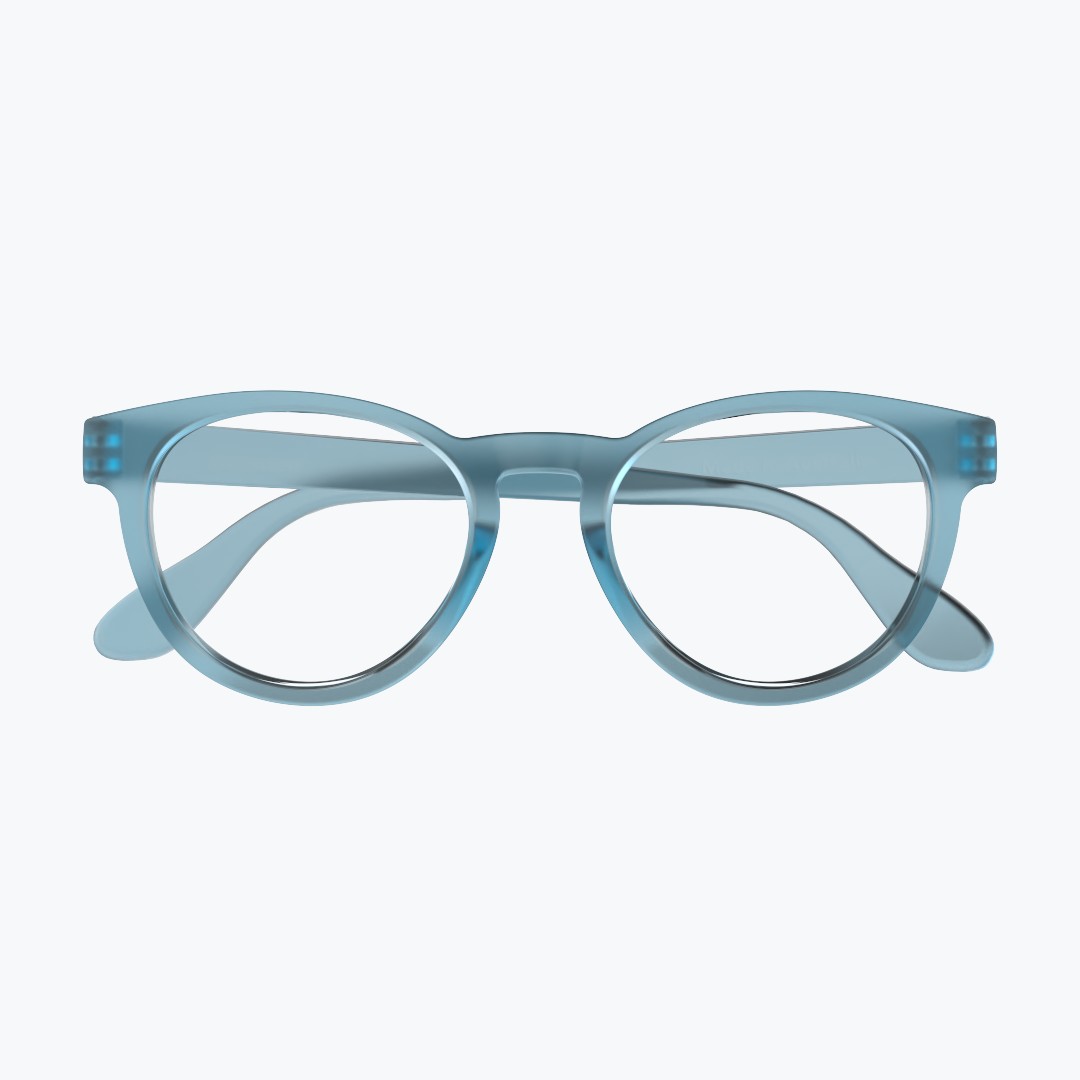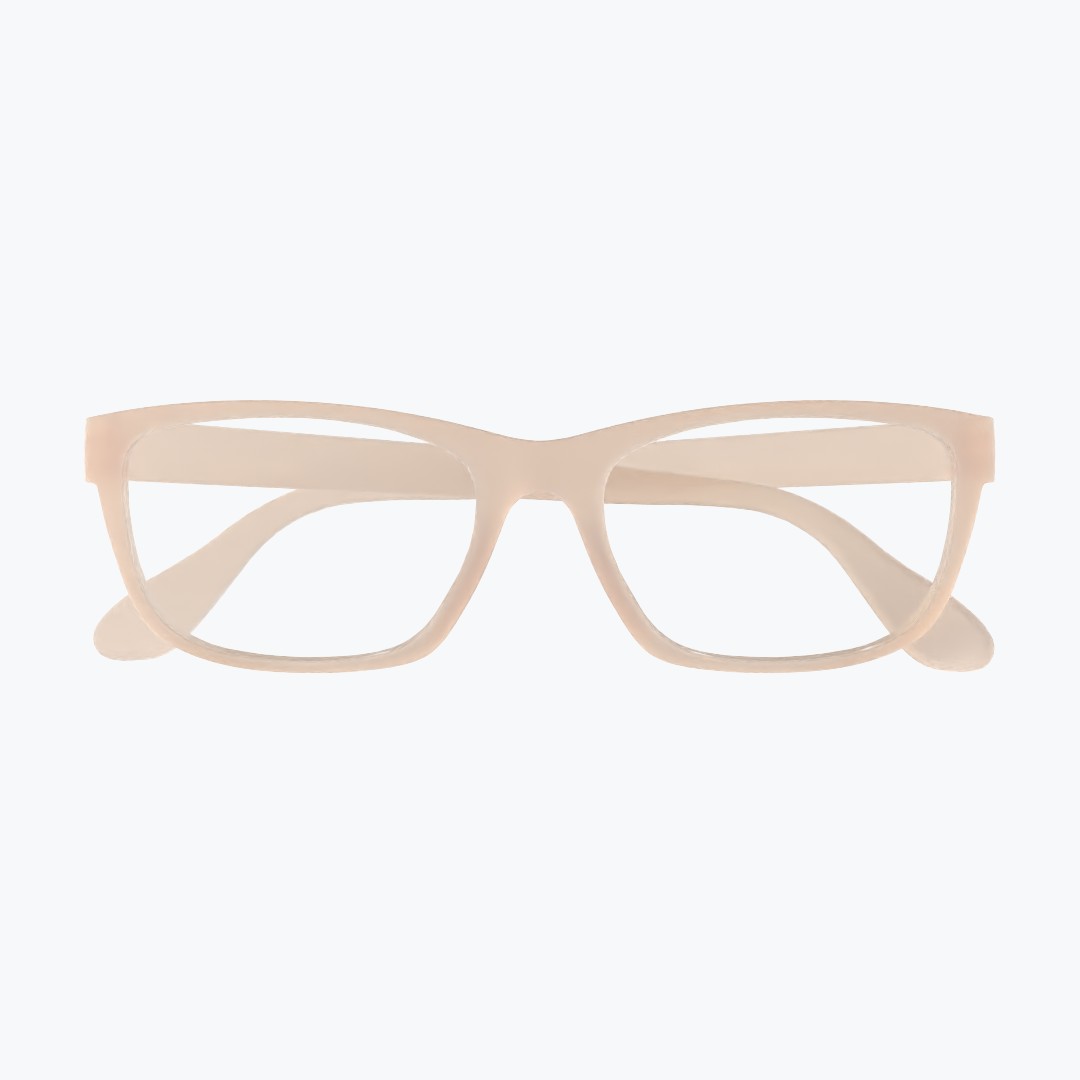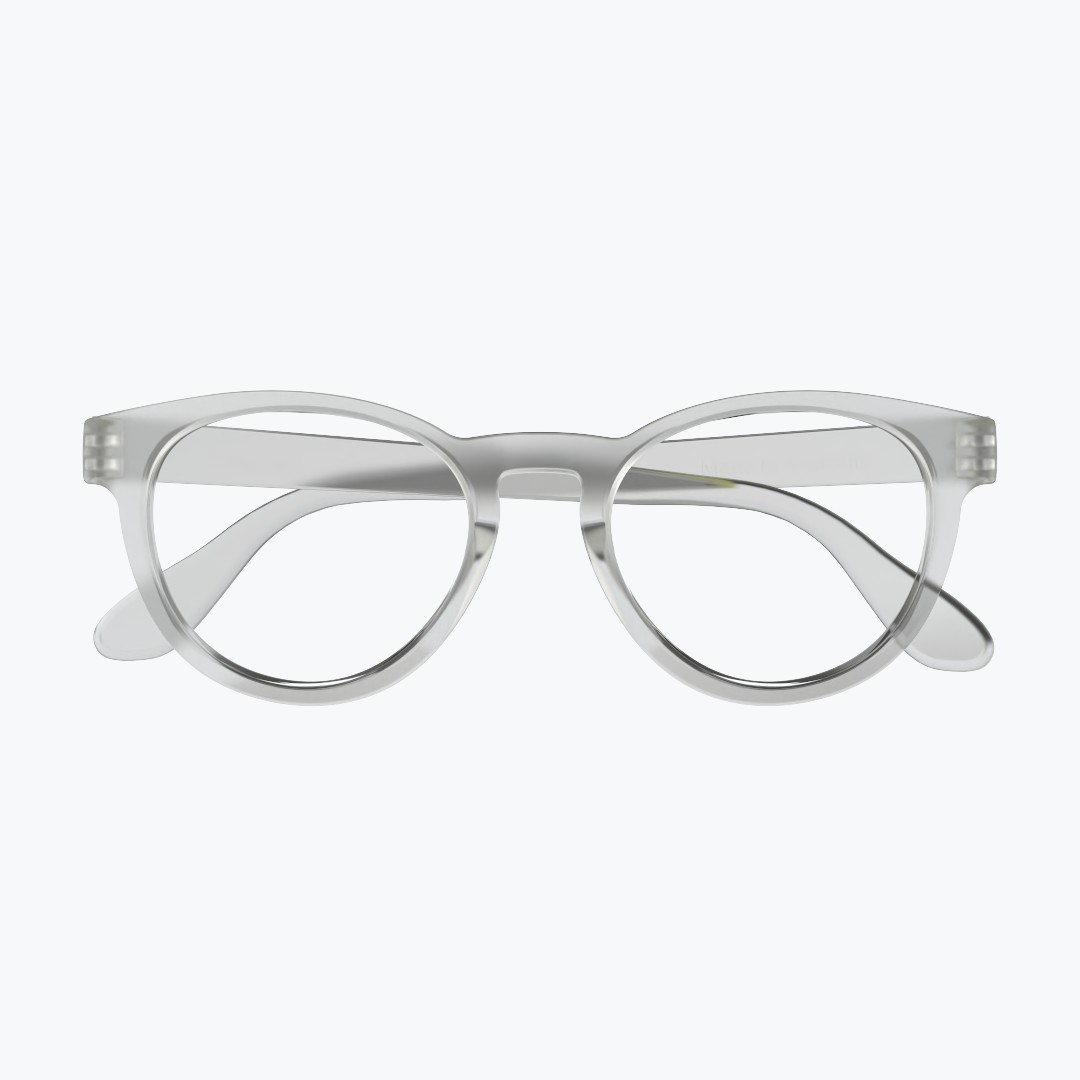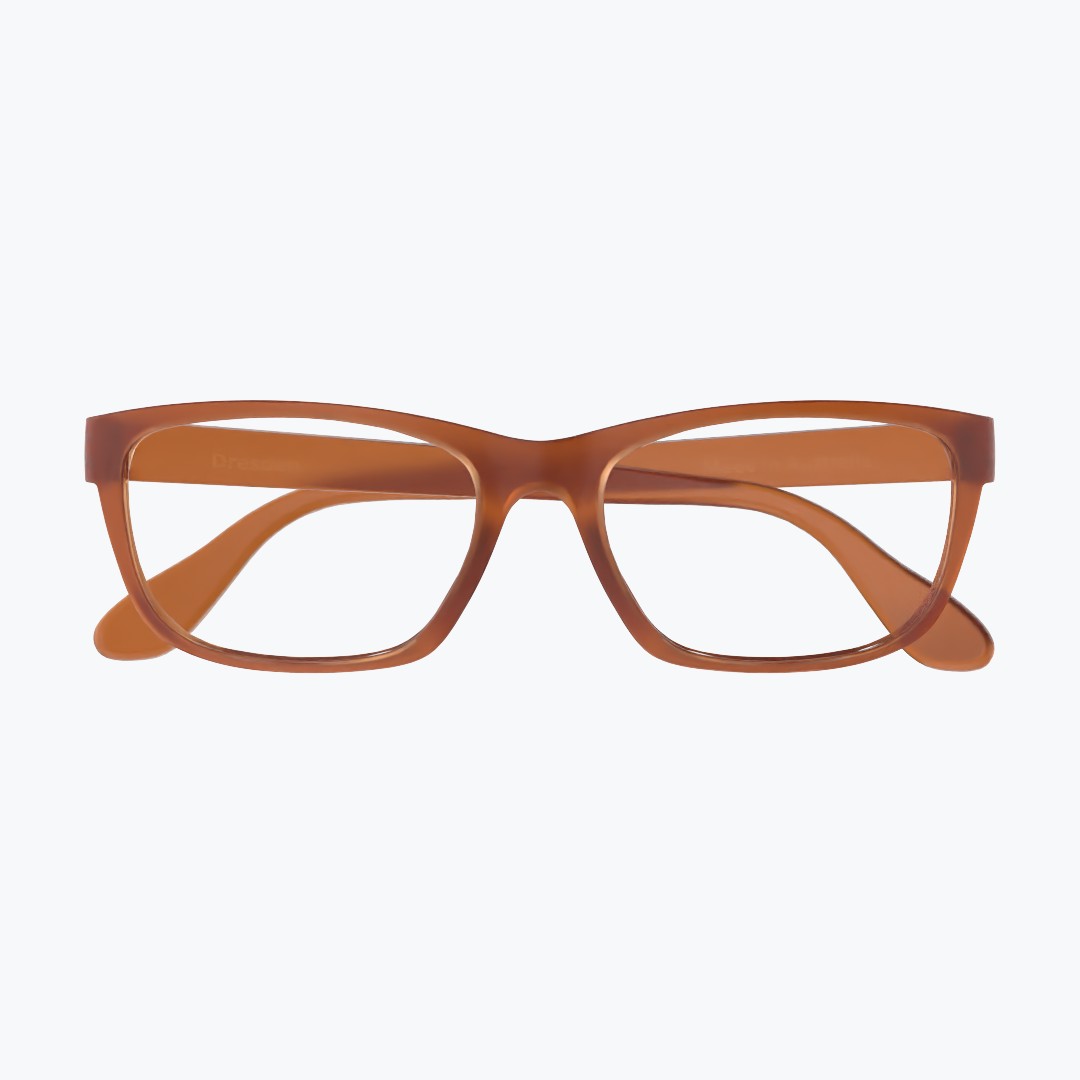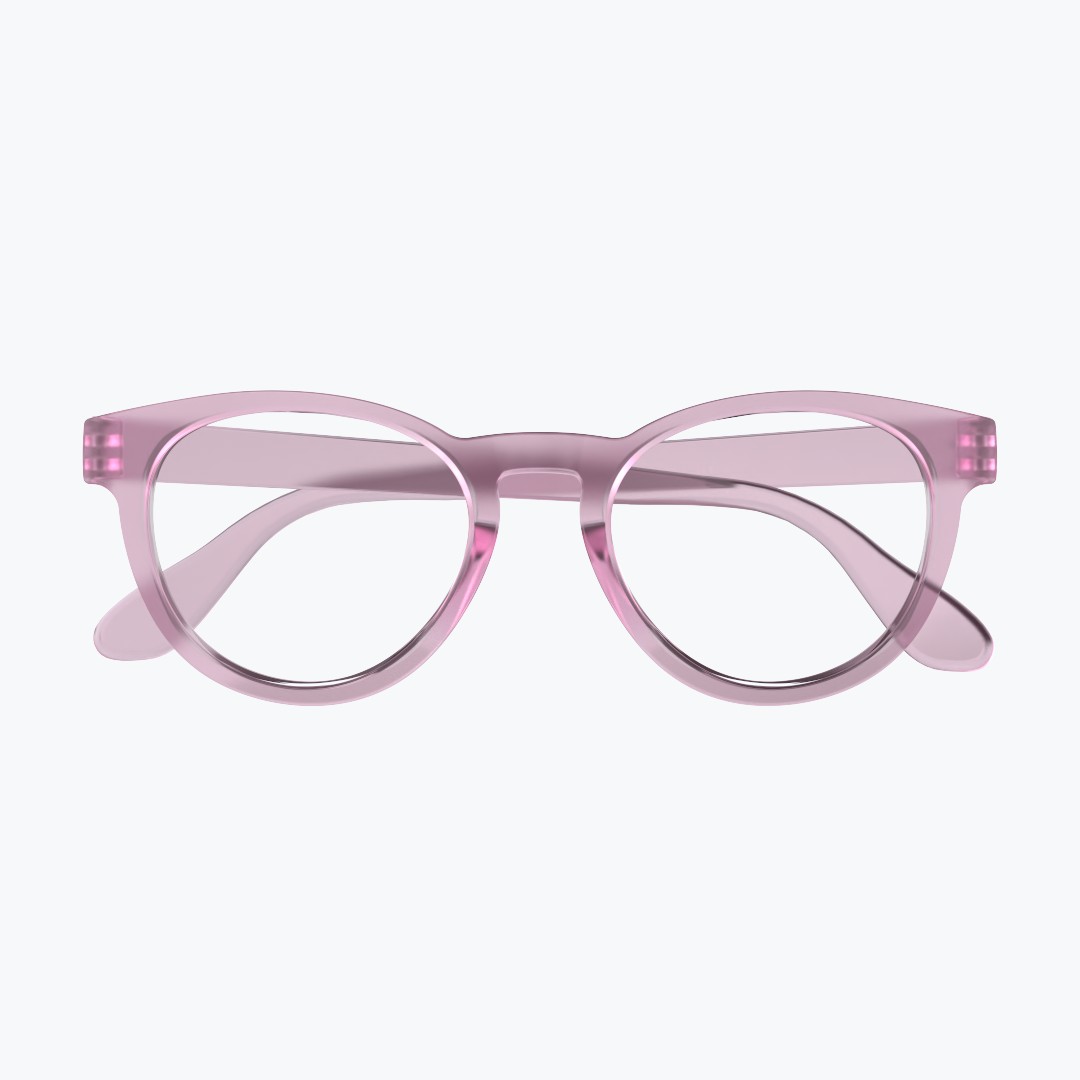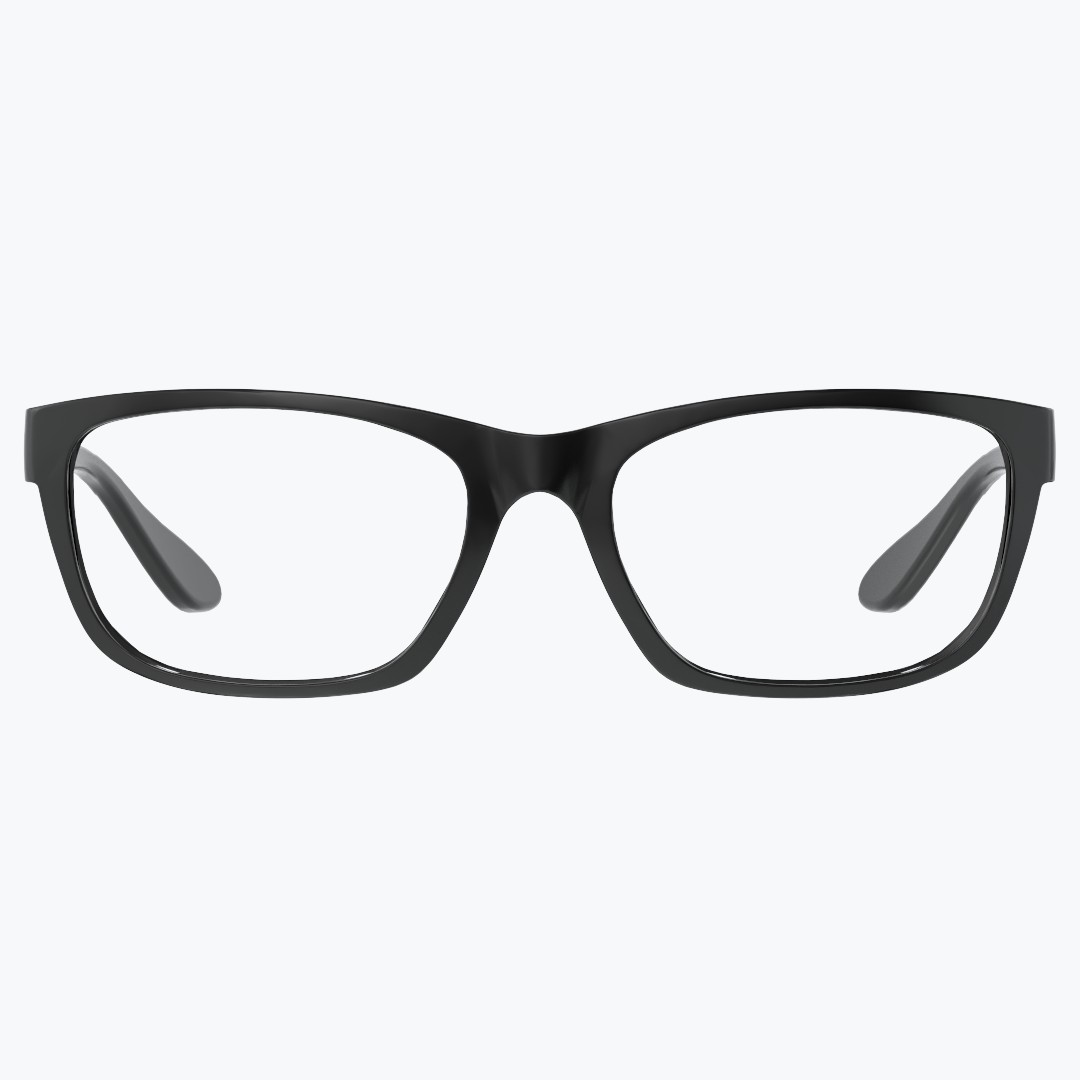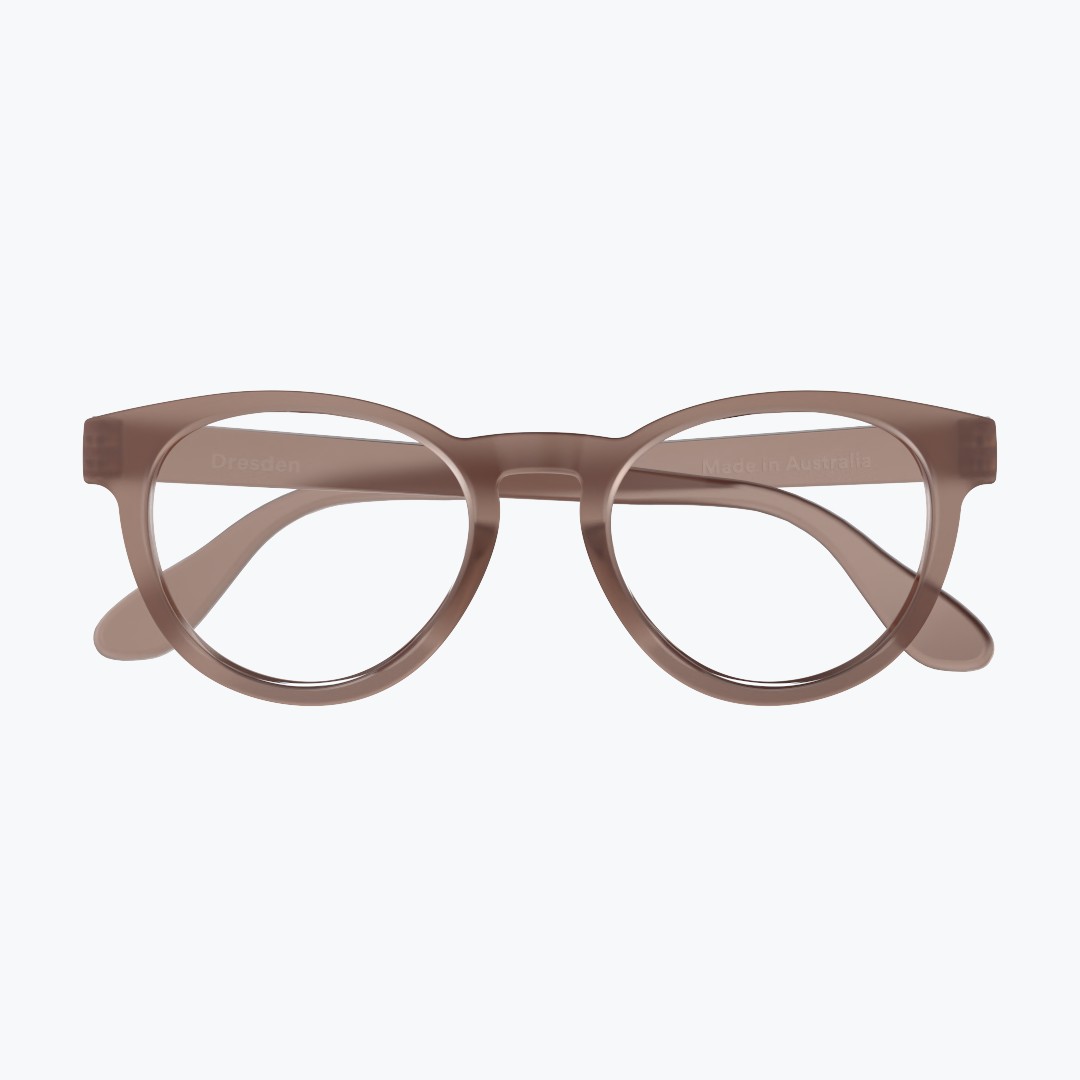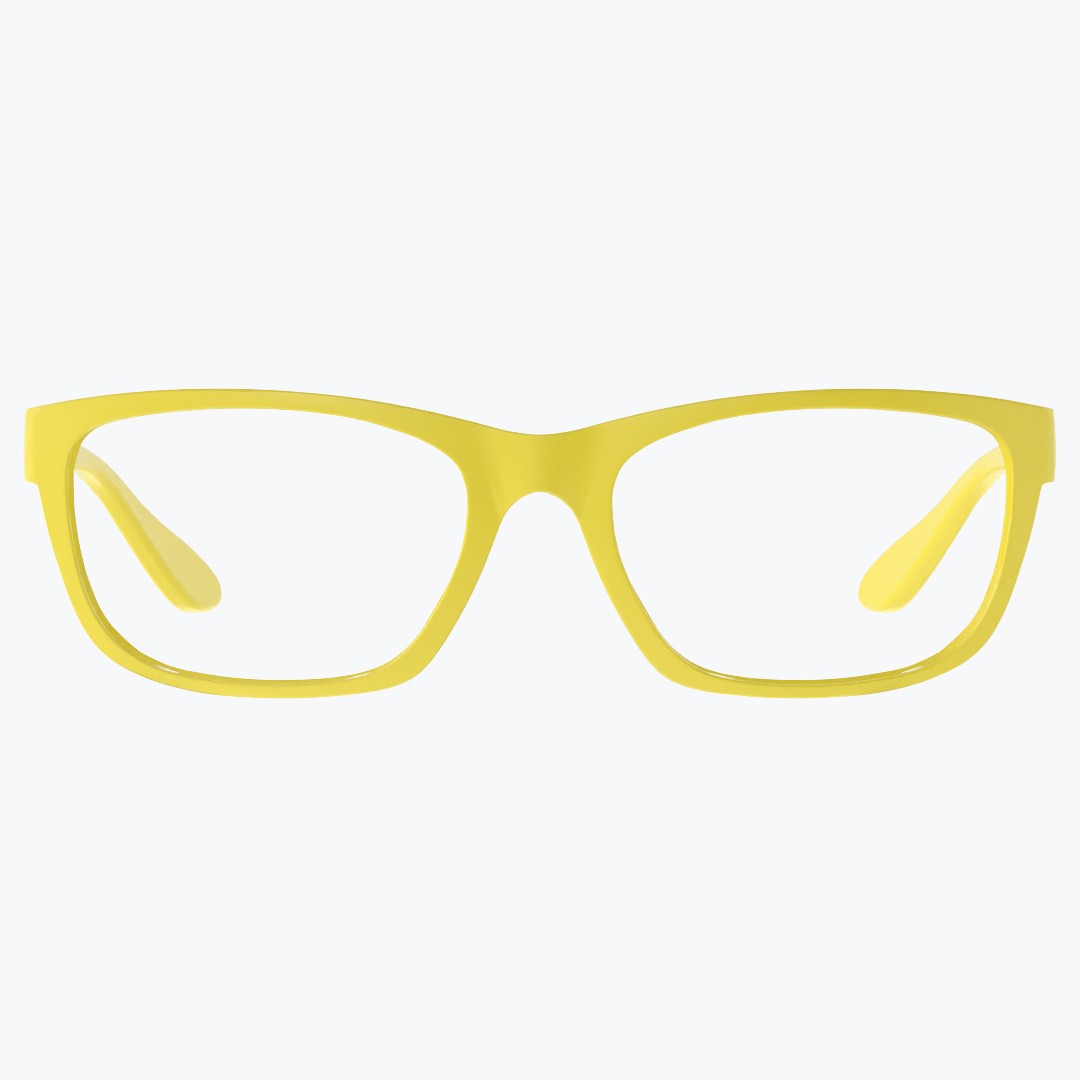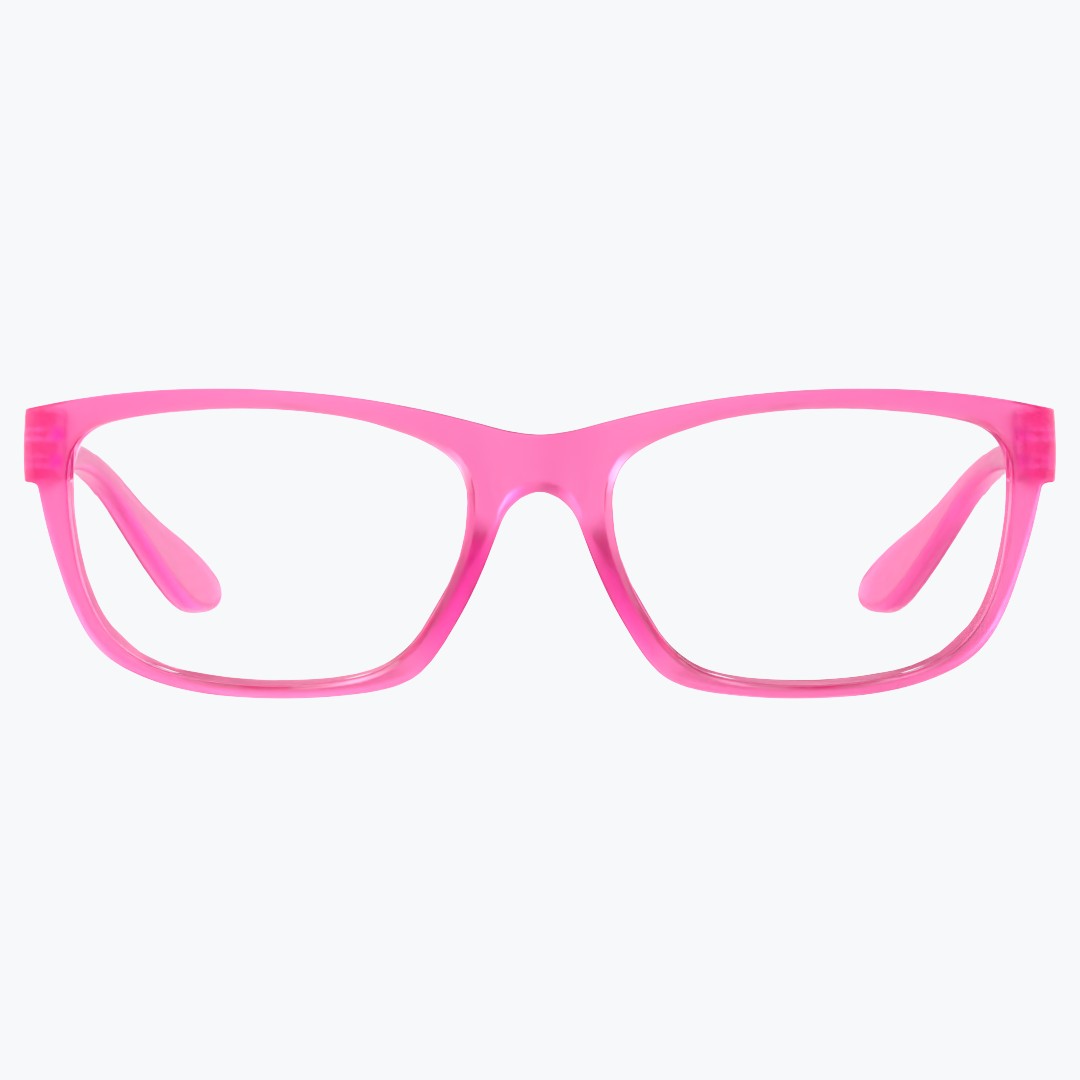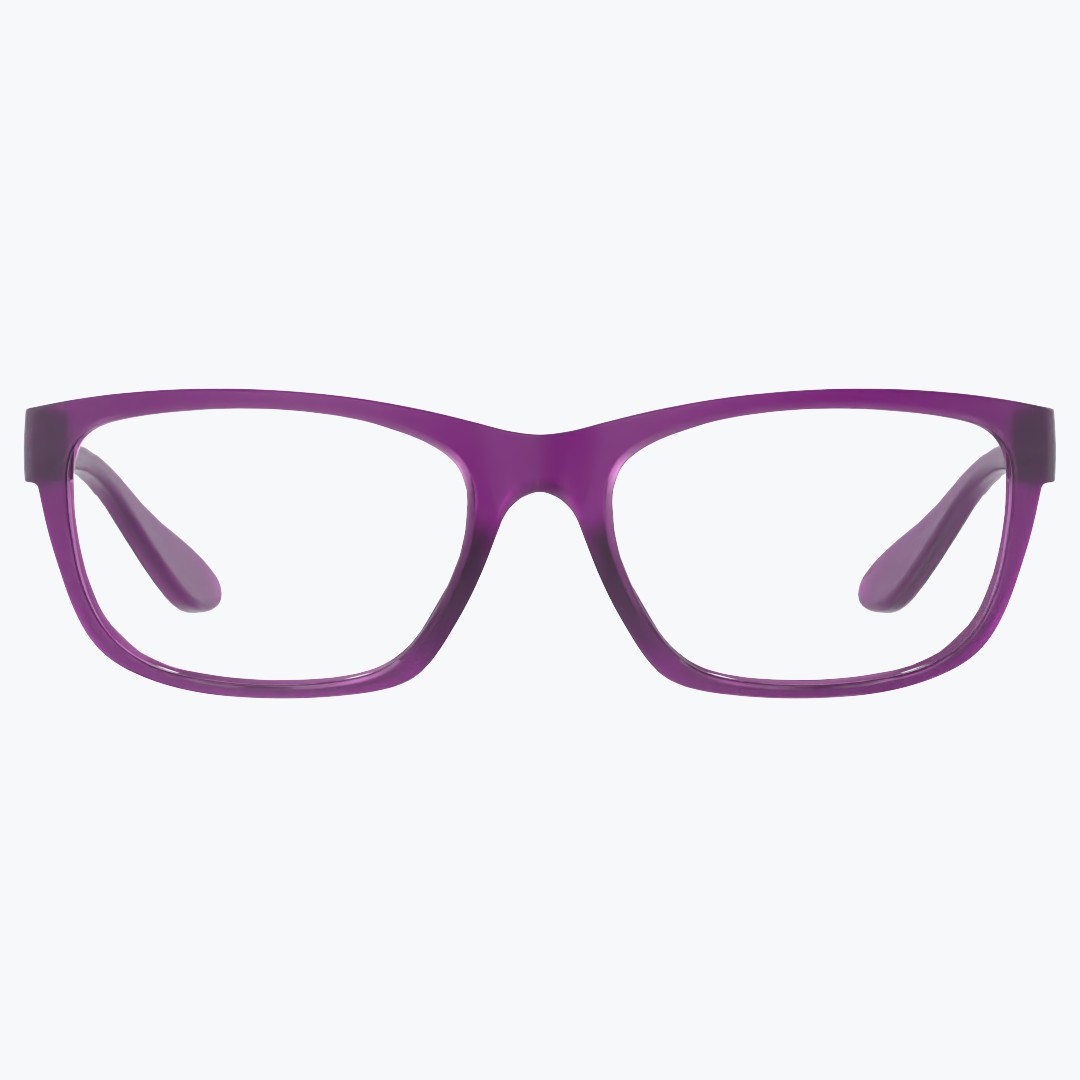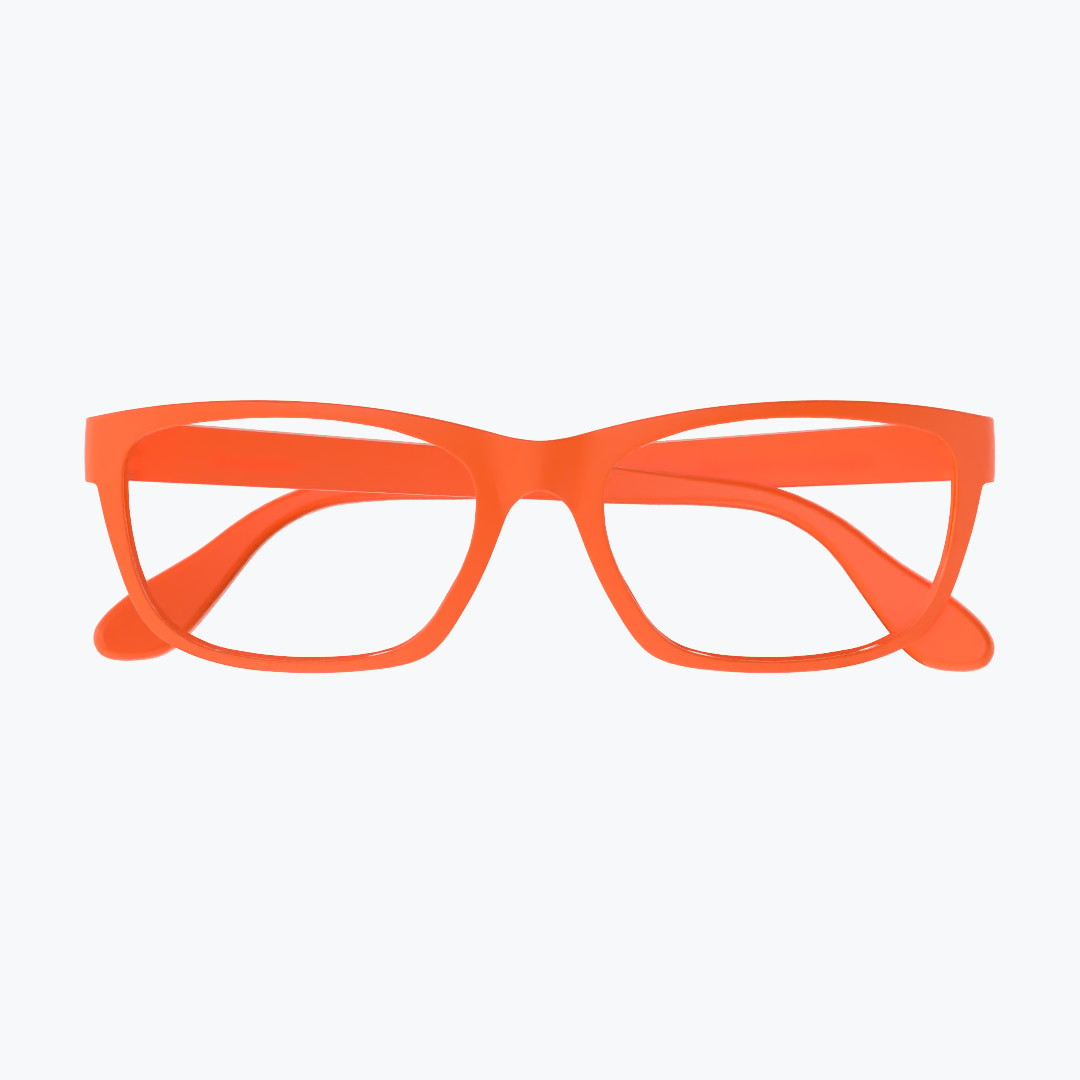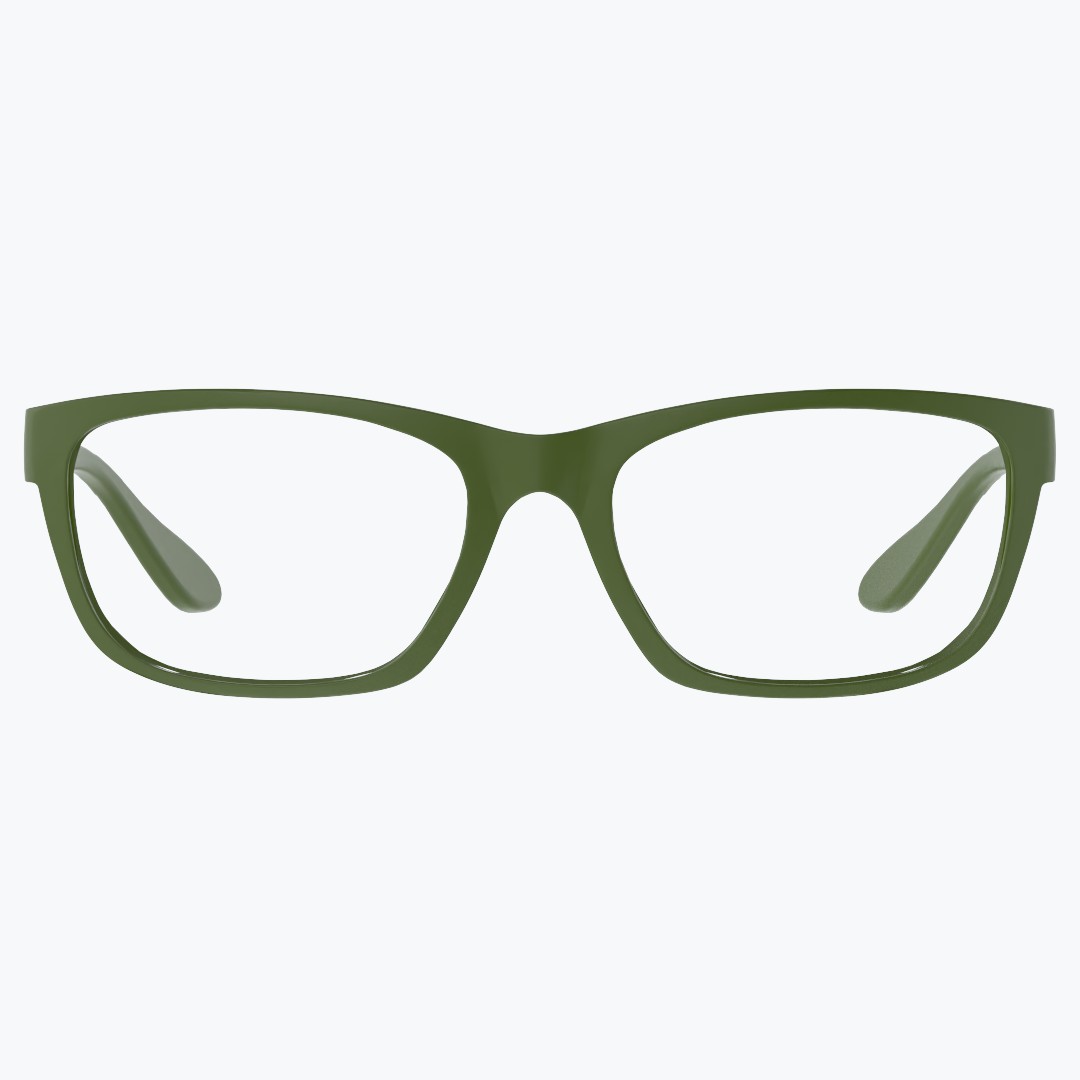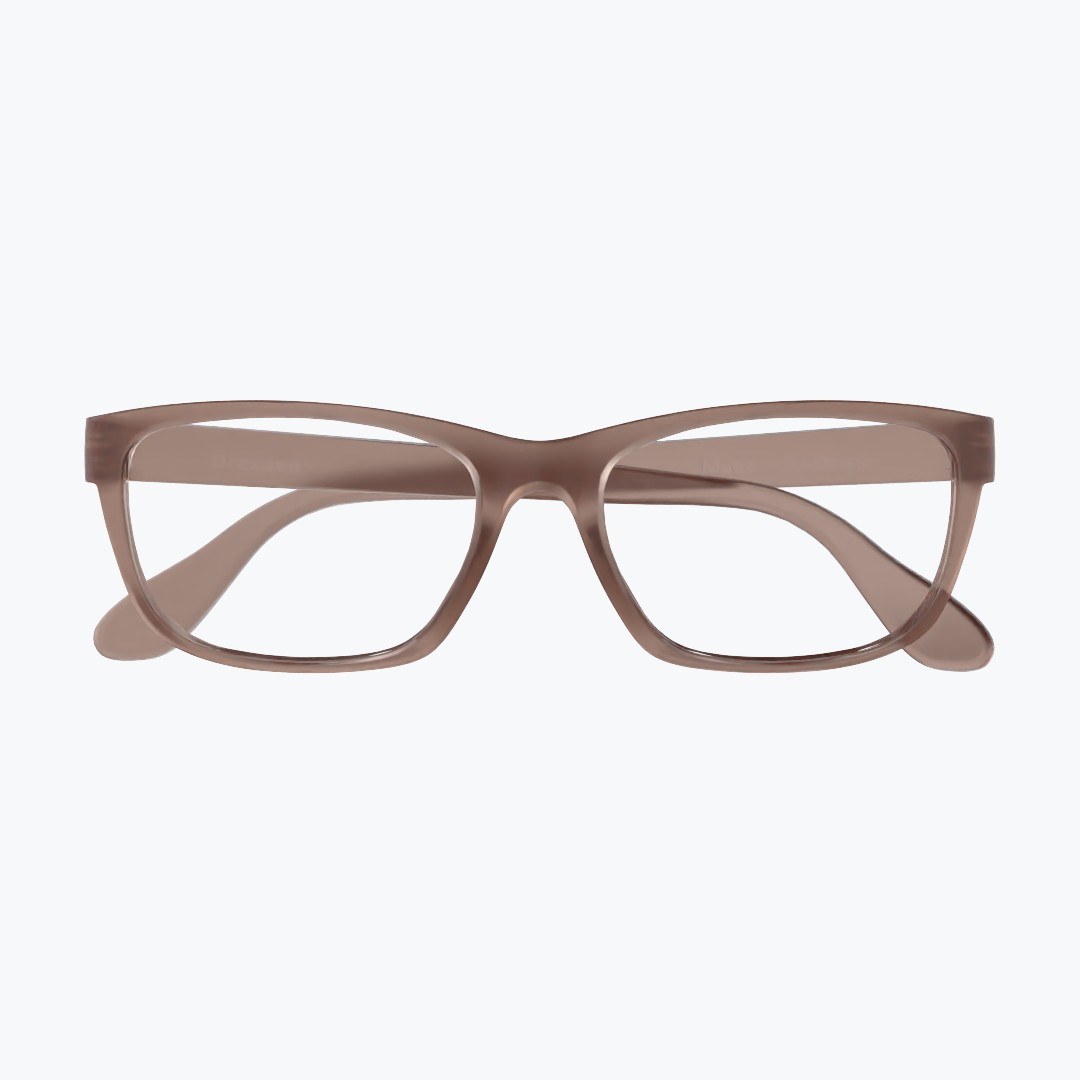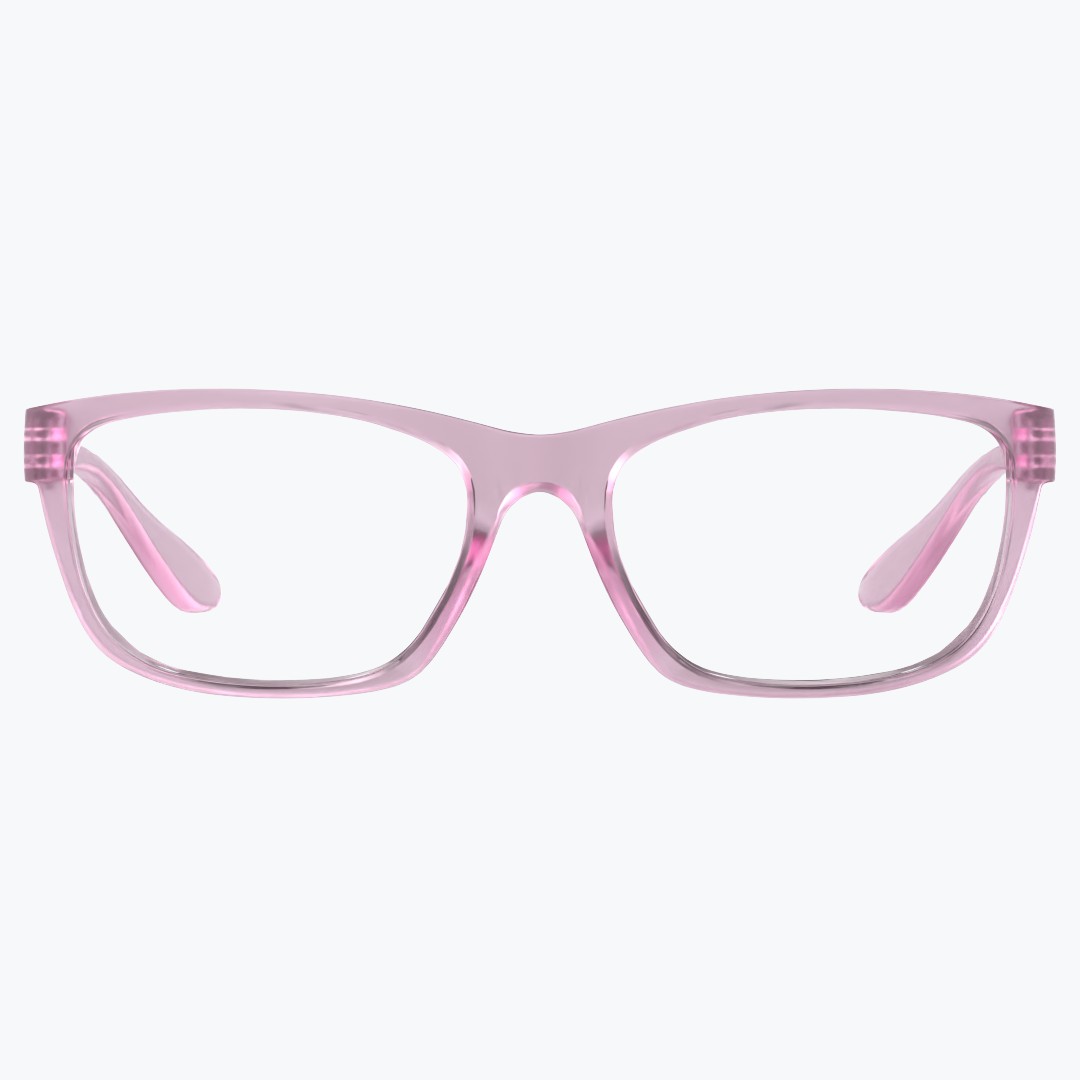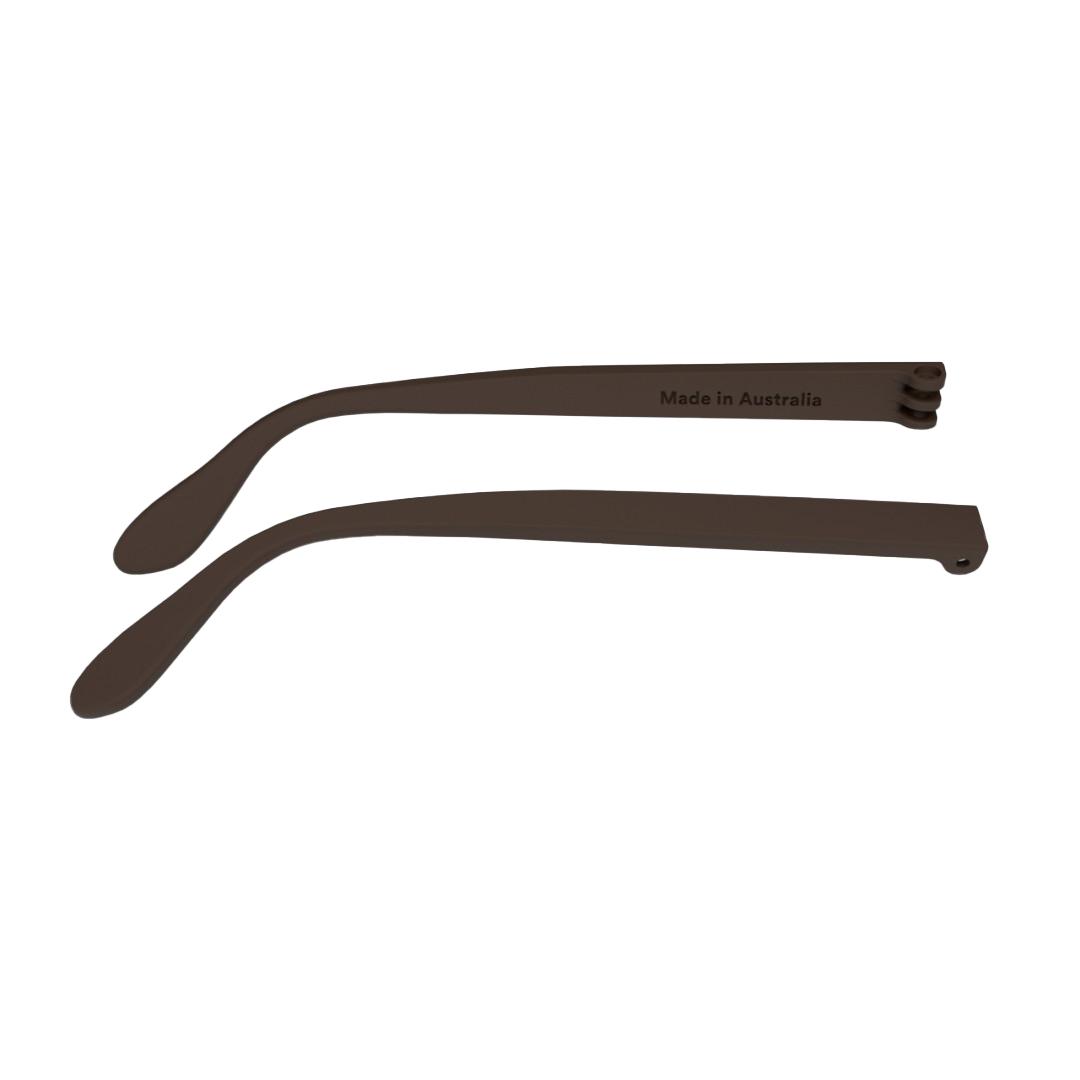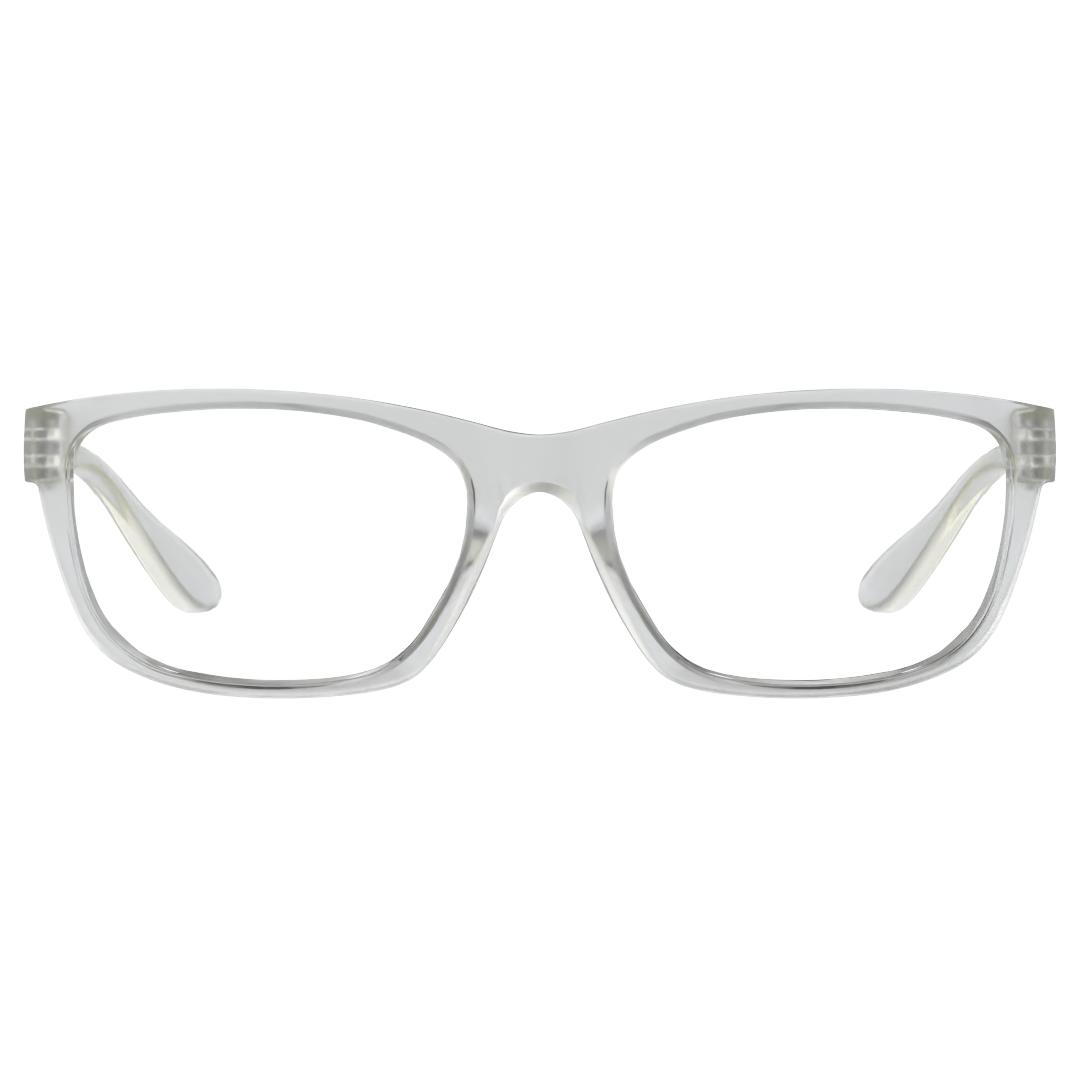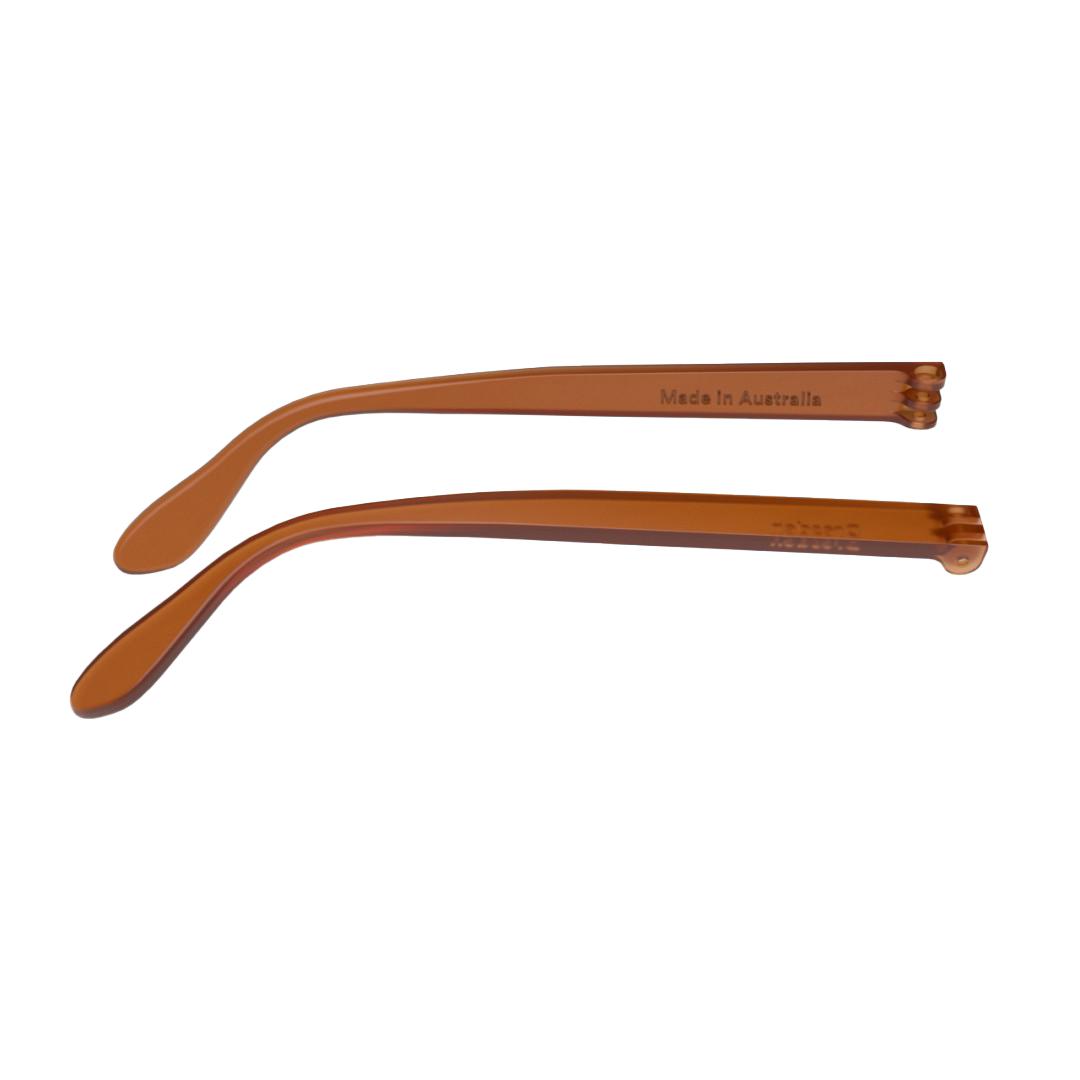
- Blue Light Filter Glasses
Capote - Power Pink
$46.95Original - Clear Frost
$46.95Capote - Royal Purple
$46.95
Original - Sky Blue
$46.95Capote - Forest Green
$46.95Original - Midnight Blue
$46.95Capote - Dark Chocolate
$46.95Original - White
$46.95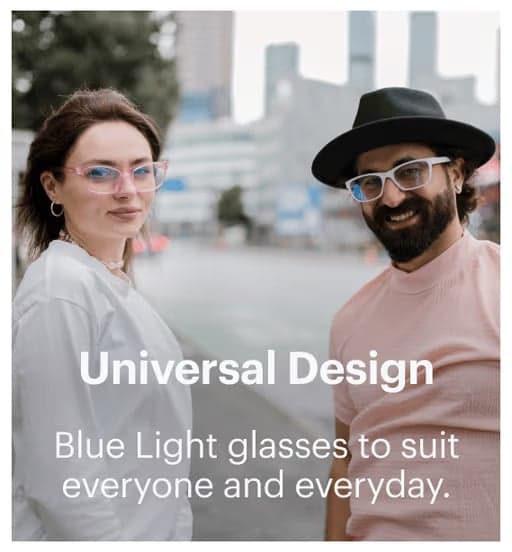
Capote - Tangerine
$46.95Original - Slate Grey
$46.95Capote - Pistachio
$46.95Original - Raspberry Cordial
$46.95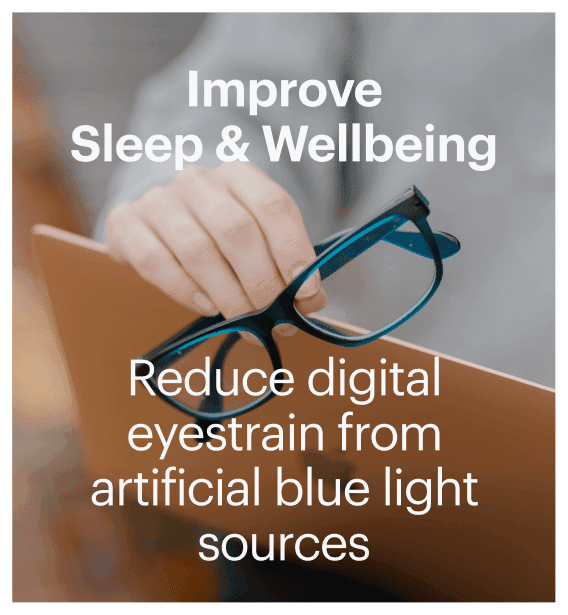
Capote - Daffodil Yellow
$46.95Original - Azure Blue
$46.95Capote - Bloody Mary
$46.95Original - Forest Green
$46.95
Capote - Black
$46.95Original - Bloody Mary
$46.95Capote - Gingerbread
$46.95Original - Black Cherry
$46.95Capote - Azure Blue
$46.95Original - Beeswax
$46.95
Capote - Midnight Blue
$46.95Original - Koala Grey
$46.95Capote - Olive Oil
$46.95Original - Mint Julep
$46.95Capote - Raspberry Cordial
$46.95Original - Denim Blue
$46.95
Capote - Koala Grey
$46.95Original - Olive Oil
$46.95Capote - Denim Blue
$46.95
Original - Oat Milk
$46.95Capote - Clear Frost
$46.95Original - Gingerbread
$46.95Capote - Pink Lemonade
$46.95Original - Black
$46.95Capote - Sepia Brown
$46.95Original - Daffodil Yellow
$46.95Original - Power Pink
$46.95Original - Dark Chocolate
$46.95Original - Royal Purple
$46.95Original - Tangerine
$46.95Original - Pistachio
$46.95Original - Sepia Brown
$46.95Original - Pink Lemonade
$46.95Premium Glasses with Blue Light Filter
At Dresden Vision, we provide premium glasses with a blue light filter to protect your eyes and enhance your visual comfort. Here's why you should consider investing in our blue light glasses:
- Health Benefits: Prolonged exposure to blue light from screens can lead to digital eye strain, headaches, and disrupted sleep patterns. Our glasses may mitigate these effects by blocking a significant portion of blue light.
- Durability: Manufactured in Australia, our frames are crafted from recycled and recyclable materials, ensuring they are eco-friendly and long-lasting.
- Style and Customization: Our glasses come in various colors, and interchangeable arms allow you to customize your look.
Choose our stylish blue light filter glasses online to experience the benefits of clearer vision. With our affordable pricing and ethical manufacturing processes, you’re not just buying a product but investing in your eye health.
How Blue Light Glasses Work
Blue light glasses incorporate special lenses that filter out the harmful blue-violet light emitted from digital screens. The lenses are designed to:
- Reduce Eye Strain: Our glasses may help reduce digital eye strain and fatigue by limiting the amount of blue light reaching your eyes.
- Improve Sleep Quality: Excessive exposure to blue light, especially before bedtime, can disrupt your sleep cycle. Wearing blue light blocking glasses may improve sleep quality.
- Enhance Visual Comfort: Our glasses filter out blue light, reduce glare, and increase contrast, making it easier to focus on digital screens.
Whether browsing the web on your mobile or working on a computer, our glasses are the perfect companion for your digital lifestyle. Buy the best blue light glasses today!
Blue Light Glasses Benefits
Blue light glasses offer numerous benefits, particularly for individuals who spend a lot of time using digital devices. Here are some key advantages:
- Enhanced Comfort: Our glasses may help to reduce eye strain, making prolonged screen time more comfortable, whether working, gaming, or watching TV.
- Protection for All Ages: Blue light exposure can affect anyone, from children to adults. Our designs accommodate different face shapes and sizes, so you can comfortably wear your blue light filter glasses for mobile and computer use all day long.
- Versatility: Our glasses are suitable for prescription and non-prescription needs, making them a versatile addition to your eyewear collection.
Experience the difference with our affordable blue light filter glasses. Available in various colors and styles, they protect your eyes while looking stylish.
How to Choose the Best Blue Light Blocking Glasses
Choosing high-quality blue light glasses involves considering several factors to ensure you get the most suitable product for your needs:
1. Lens Quality: Look for lenses with effective blue light blocking technology. High-quality lenses will offer better protection and clarity.
2. Frame Fit: Proper fit is crucial for both effectiveness and comfort. Check the frame dimensions to find the perfect fit for your face.
3. Customization Options: Opt from various colors and styles to match your taste.
4. Prescription Needs: If you require prescription lenses, ensure the blue light glasses are available in your prescription.
Dresden Vision provides a range of options, from prescription to non-prescription glasses, allowing you to find the perfect pair that meets your specific requirements. Our frames come in various sizes, and accurate PD measurement ensures an ideal fit. Experience the difference today!
The Best Blue Light Filter Glasses for Various Needs
Blue light filter glasses are designed to cater to diverse needs and demographics. Here’s how our glasses meet different requirements:
- Professionals: Reduce digital eye strain and improve productivity with glasses that enhance comfort during long hours of screen use.
- Students: Protect young eyes from blue light exposure and help maintain focus and comfort during study sessions.
- Children: Our blue light blocking glasses for kids are designed to safeguard developing eyes from screen-related strain.
We offer a range of blue light filter glasses suitable for everyone, ensuring effective protection and comfort for all ages and genders.
What is the Process to Buy Blue Light Glasses?
Here’s how to buy blue light glasses from Dresden Vision:
1. Choose your glasses: Browse our selection of blue light filter glasses online.
2. Customize your pair: Select your preferred frame style, color, and lens type. If you need prescription lenses, provide your prescription details.
3. Place your order: Complete your purchase online. If you need assistance, our friendly staff are here to help.
4. Receive your glasses: Enjoy fast delivery directly to your door.
The process is designed to be simple and efficient, ensuring you get your blue light glasses with minimal hassle
Reasons to Choose Dresden Vision
Choosing Dresden Vision means choosing quality, affordability, and style. Our commitment to providing the best blue light filter glasses sets us apart.
- High-Quality Materials: Durable and practical blue light protection.
- Customizable Options: Tailor your glasses to meet your specific needs.
- Affordable Pricing: Competitive prices without compromising on quality.
- Fashionable Designs: Stylish frames to suit every taste.
- Exceptional Service: Fast delivery and excellent customer support.
Dresden Vision is your go-to source for blue light filter glasses. With our warranty coverage and commitment to quality, you can trust that you’re investing in durable, high-quality eyewear.
What is Blue Light?
Blue light is a high-energy, short-wavelength component of the visible spectrum, similar to UV light. Various light sources, including the sun, emit it. While our eyes naturally protect against some light types, the retina, which is sensitive to light, can be affected by UV and blue light. Although the cornea and lens shield the retina from certain lights, they do not filter out blue light. Prolonged exposure to blue light, particularly from digital screens, can damage the retina. Blue light glasses, or blue light-blocking glasses, are designed to filter out blue light to reduce the amount reaching your eyes, helping to prevent potential damage. Dresden Vision offers prescription and non-prescription blue light glasses in various colors, with customizable frame and arm options to suit your style or mood.
5 Simple Reasons to Wear Blue Light Glasses
Even if you haven’t noticed any effects of blue light on your eyes, wearing blue light glasses can be an excellent preventative measure. Here are five reasons to consider incorporating them into your routine:
1. Improved Sleep
Extended screen time can fatigue your eyes, similar to prolonged exposure to sunlight. Blue light can delay melatonin release, the hormone responsible for sleep, making it harder to fall asleep if you use screens before bed. Blue light glasses may improve your sleep quality by mitigating this effect.
2. Reduced Eye Strain
Staring at screens for long periods can cause eye strain and discomfort. Blue light glasses help reduce this strain by enhancing screen contrast and adjusting how your eyes focus, making it easier to read and reducing eye fatigue.
3. Fewer Headaches
Blue light exposure can trigger migraines and headaches. While regular glasses may alleviate some headaches, blue light glasses are designed to reduce light-induced headaches and migraines.
4. Lower Risk of Eye Diseases
While your cornea and lens block harmful UV light, they are less effective against blue light. Prolonged blue light exposure can damage the retina and increase the risk of conditions like macular degeneration. Blue light glasses are recommended to help mitigate these risks.
5. Protection During Device Use
Limiting screen time is one way to avoid blue light exposure, but this isn’t always feasible, especially for those who work with digital devices. Blue light glasses protect against blue light when you need to use screens.
Non-Prescription Blue Light Glasses
Blue light glasses are available with or without a prescription. Some people use them purely for protection, while others may need additional vision correction. Dresden Vision provides non-prescription and prescription blue light glasses with customizable frame and arm options, even if you don't require a prescription.
Frequently Asked Questions
Are the glasses recyclable?
Yes, our frames are made from recyclable materials to support environmental sustainability.
Can I wear blue light glasses all day?
Yes, blue light filter glasses are safe to wear all day. They won't harm your eyes and can help protect them from excessive blue light exposure.
How long do blue light filter glasses last?
The lifespan depends on the quality of the lenses and the care you give them. We offer a 10-year warranty on our frames.
Can I get prescription blue light glasses?
Dresden Vision provides options for prescription and non-prescription blue light filter glasses.
Where are Dresden Vision glasses made?
Our glasses are proudly manufactured in Australia, ensuring high quality and local craftsmanship.
How long does delivery take?
Delivery is typically fast, usually within a few days, depending on your location. We offer blue filter glasses internationally, especially in Australia, Canada, and New Zealand.
